Video editing is a crucial part of creating engaging, captivating content.
Whether you’re an established professional video editor or just starting, studying the best is a great way to learn and develop your style.
In this blog, we’ll be looking at the best series to study as a video editor.
What Is A TV Series?
A television series, or simply a TV series, is a set of episodes aired in consecutive order. A series may have multiple seasons or just one season. The story of each episode builds upon the previous one and follows one continuous narrative arc. It’s typically broadcast in weekly installments over several months to years. Series can be a drama or a comedy but are always heavily narrative-based.
How Long Is A Series?
Series episodes can be anywhere from 25 minutes to 60 minutes in runtime.
Some series episodes may be an hour and a half. And at that point, each episode is practically a full-length feature film!
What Are The Best Series For Video Editors To Study?
There are so many great series to learn from, from every era of TV.
We will specifically cover narrative-based series. So you won't find The Mary Tyler Moore Show on this list.
The following list features some must-see series for video editors.
67 - Wonder Woman (1975–1979)
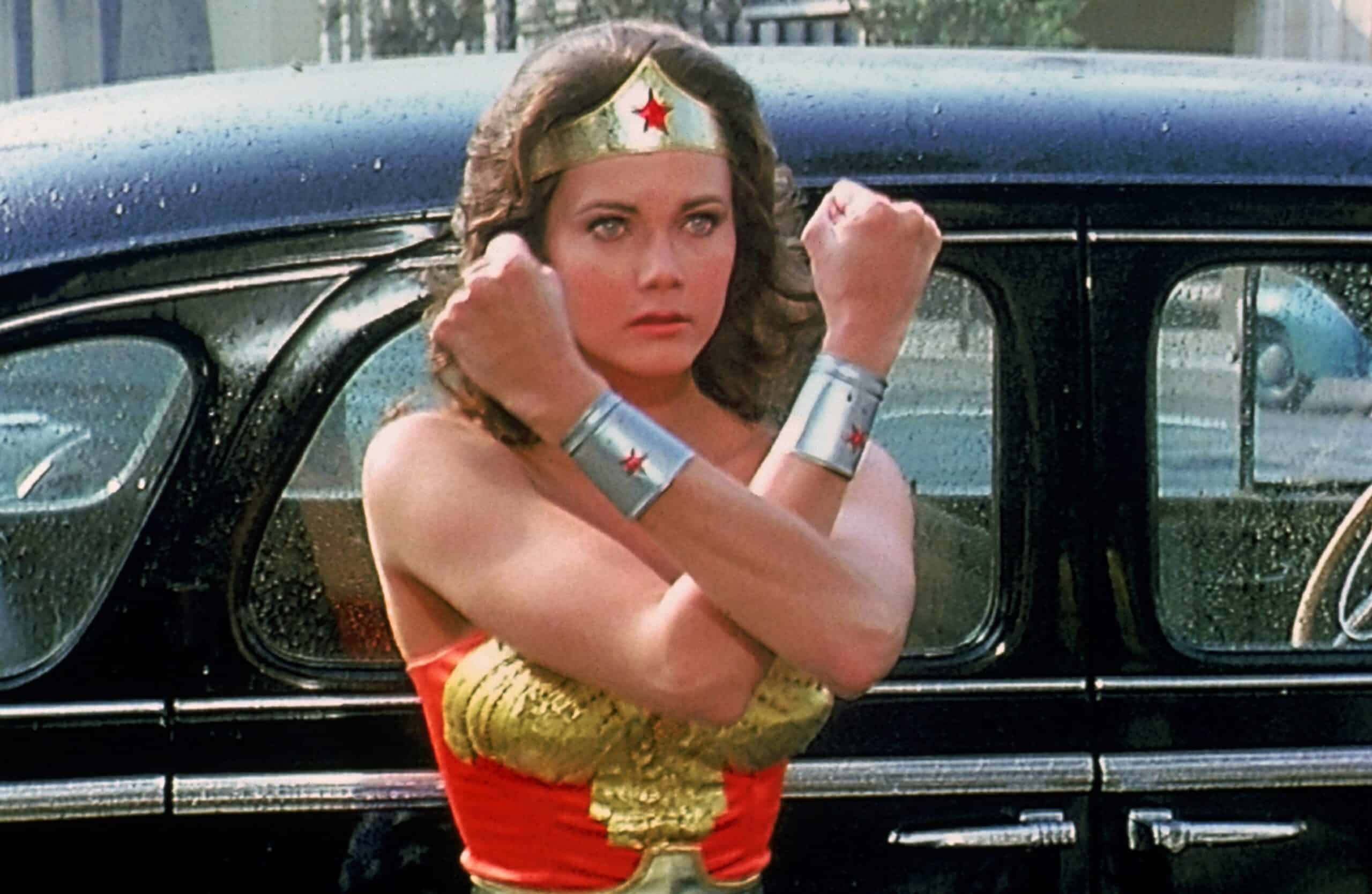
Wonder Woman, also known as Diana Prince, plays a dynamic and multi-faceted role. As an Amazon princess who survived World War II, she has superhuman abilities. These abilities are put to good use in her relentless pursuit of justice and her fight against the forces of evil. The series highlights her strength, intelligence, and strategic prowess.
66 - Supernatural (2005–2020)
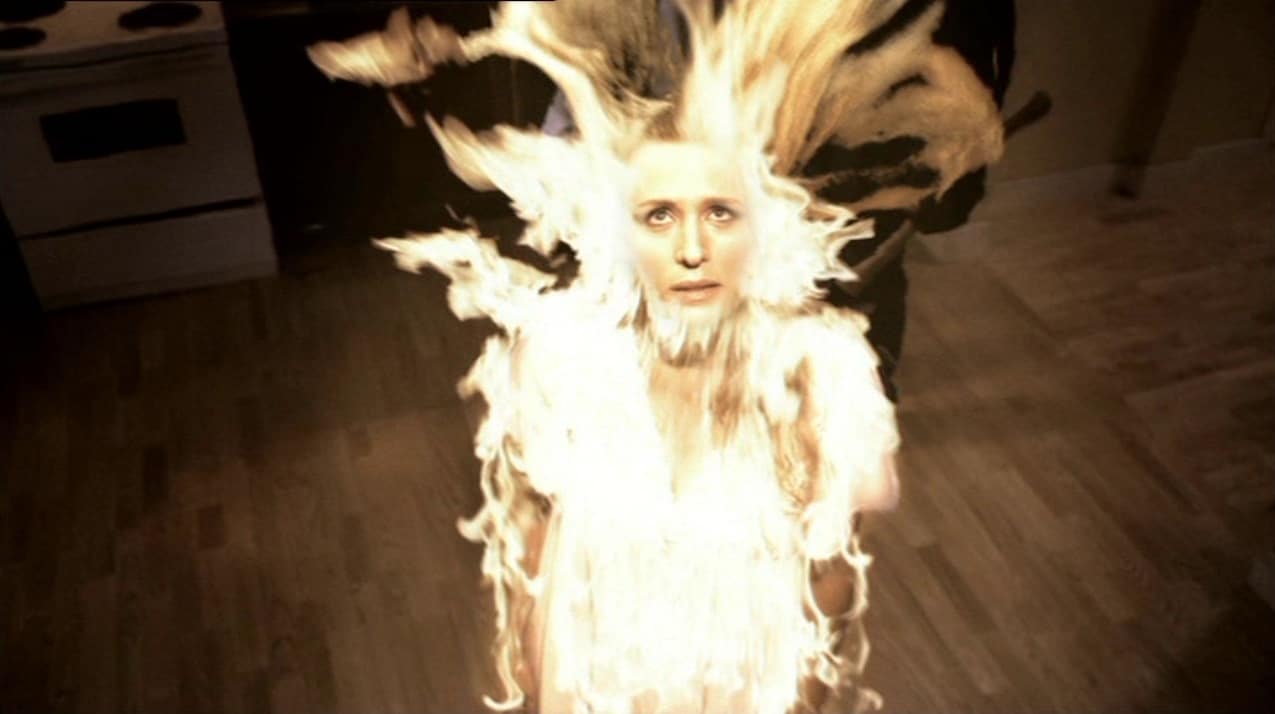
A thrilling series that follows the story of two brothers, Sam and Dean Winchester. The pair traverse the United States battling a myriad of supernatural beings, including ghosts, demons, and even gods, along their path. The series uniquely combines elements of horror, drama, and adventure, offering viewers an intriguing plot coupled with compelling character development.
65 - 24 (2001–2010)
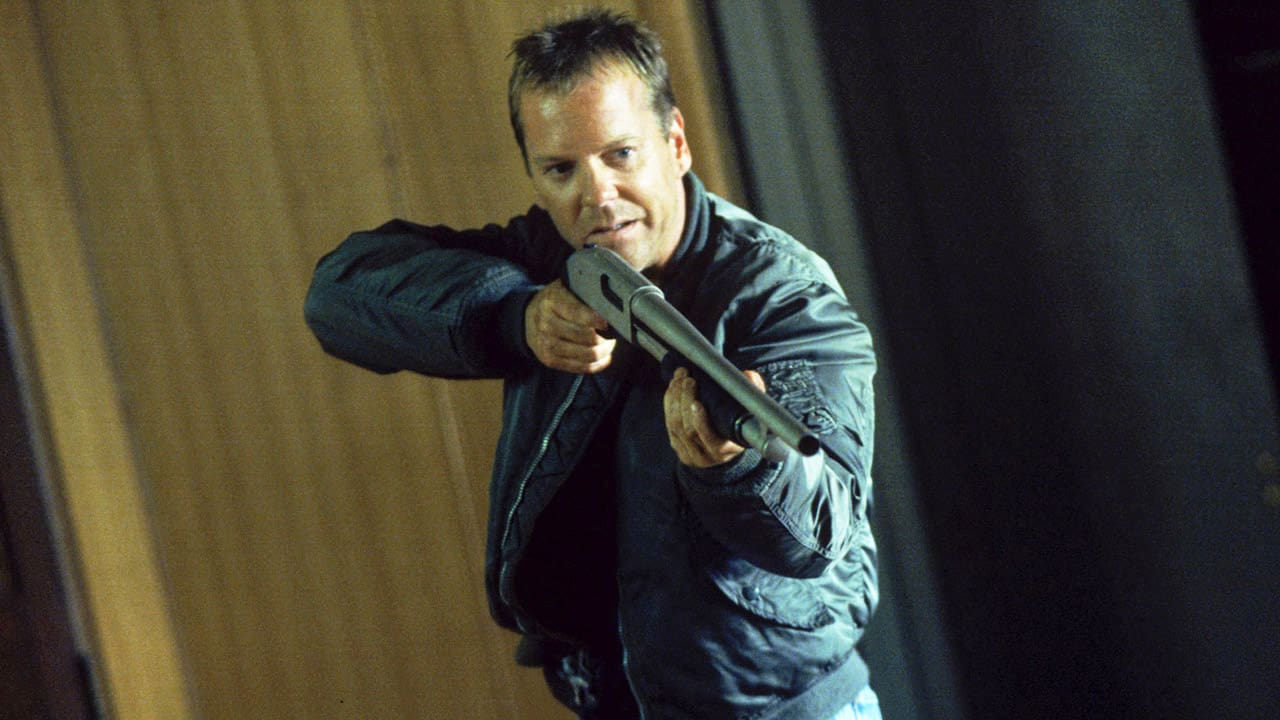
A groundbreaking series that rewrote the rules of storytelling by utilizing an innovative real-time narrative, with each 24-episode season covering the events of a single day. Unique from other series, "24" pioneered the use of split-screen techniques, simultaneously showing multiple events occurring in different locations, heightening the drama and creating a sense of urgency.
64 - PEN15 (2019–2021)

A raw, relatable depiction of middle school life. It effectively captures the essence of the awkward and tumultuous adolescence, creating a sense of empathy and nostalgia. What sets "PEN15" apart is its ability to toggle between light-hearted comedy and intense emotional moments.
63 - Xena: Warrior Princess (1995–2001)

Delve into the world of fantasy and action. The series is an exceptional mix of action-packed sequences, dramatic storytelling, and elements of mythical lore, demanding a keen sense of pacing, rhythm, and timing in editing. The show's extensive use of visual effects, often integrated with live-action sequences, blends various visual elements to create a mythical universe.
62 - The Dark Crystal: Age of Resistance (2019)
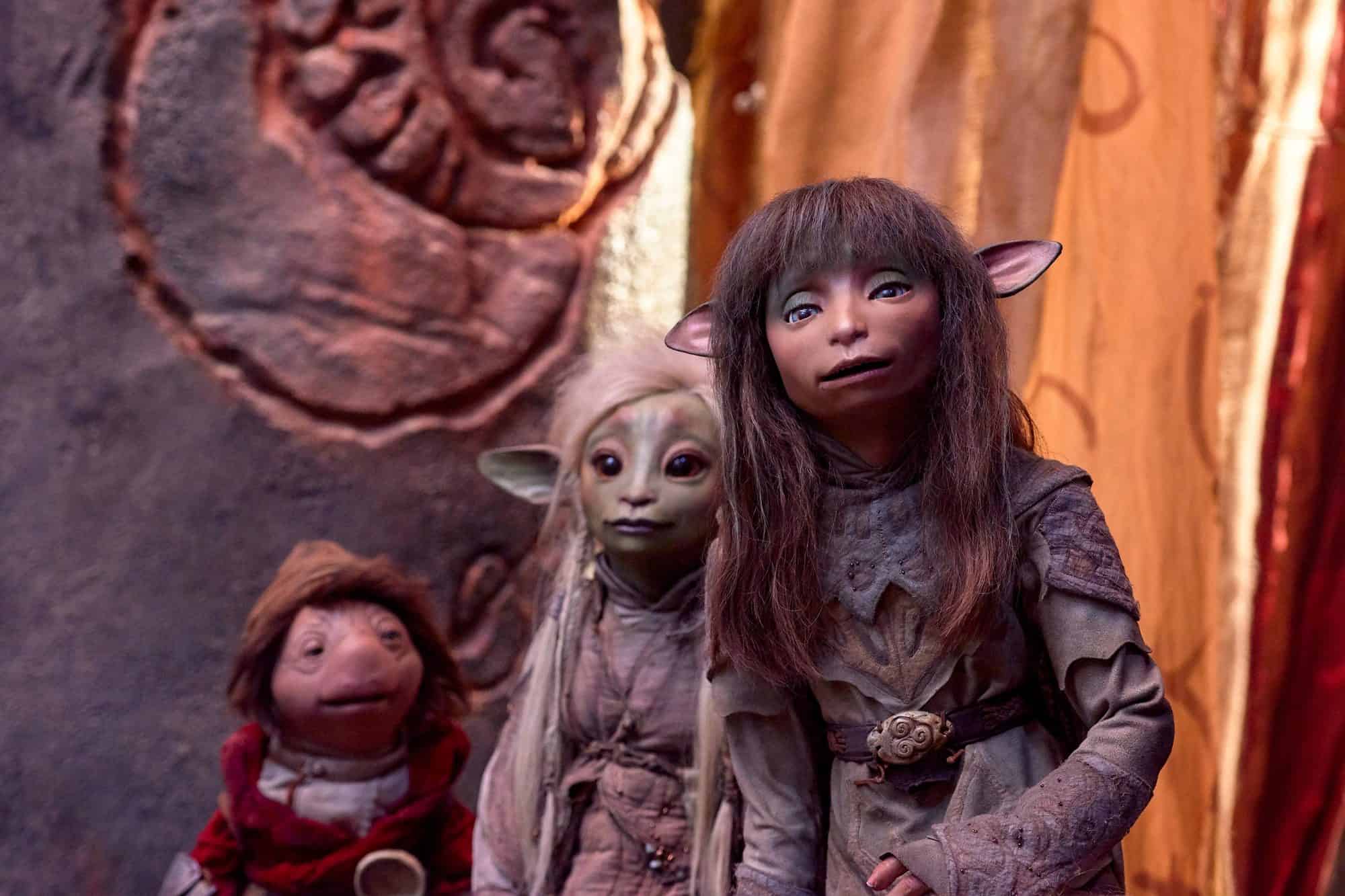
Being a prequel to a film that heavily relied on puppetry, the limited series astounds with its seamless integration of traditional puppet artistry with advanced CGI. It offers an extensive showcase of how these two techniques can harmoniously coexist to create breathtaking visuals. Each character and environment in the series is meticulously crafted.
61 - Black Mirror (2011-)
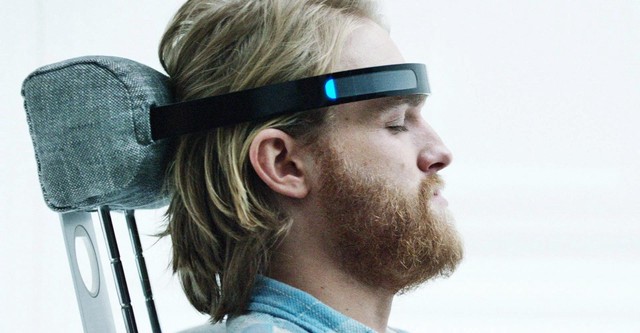
A groundbreaking series that explores the impact of technology on society. Each episode is a standalone narrative, featuring unique characters, settings, and plotlines. From fast-paced action sequences to subdued, dialogue-driven scenes, the series' exploration of dystopian future scenarios employs innovative visual effects and thought-provoking themes.
60 - Band of Brothers (2001)
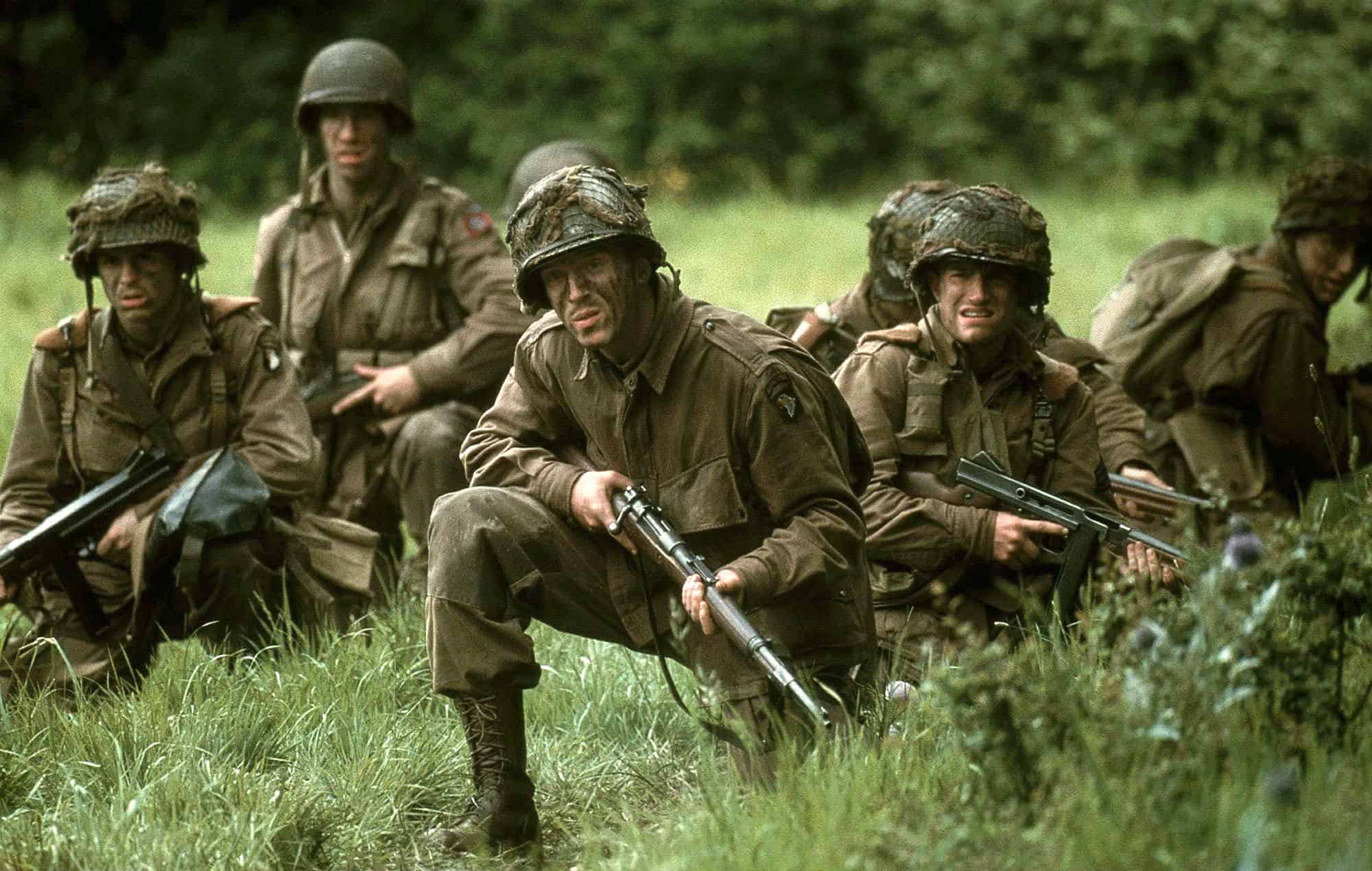
Based on real-life events of World War II, this series conveys the intensity and horror of war. The series weaves individual story threads into a cohesive plot. The combination of a large cast along with its rich visual palette, dramatic scoring, and authentic portrayal of the war, makes "Band of Brothers" a must-see series.
59 - Quantum Leap (1989–1993)
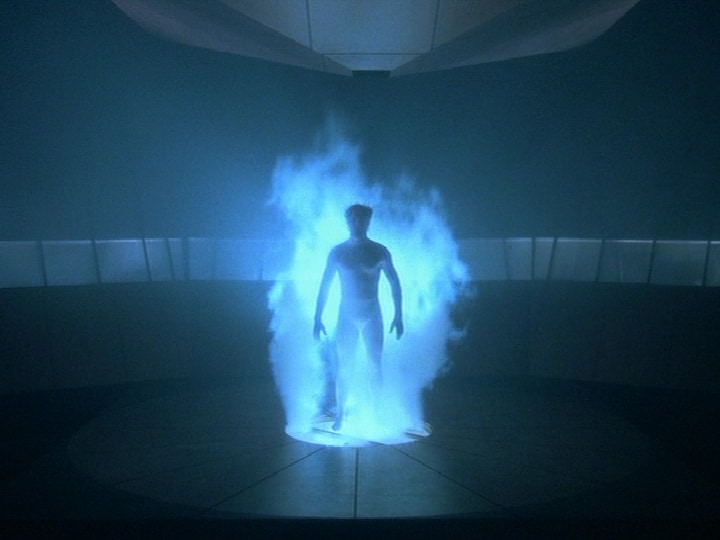
With each episode set in a different time and place, the creators were faced with the challenge of creating a distinct atmosphere and tone that reflects the era and location being portrayed, yet keeping a consistent overall style that binds the series together.
58 - The Wonder Years (1988–1993)
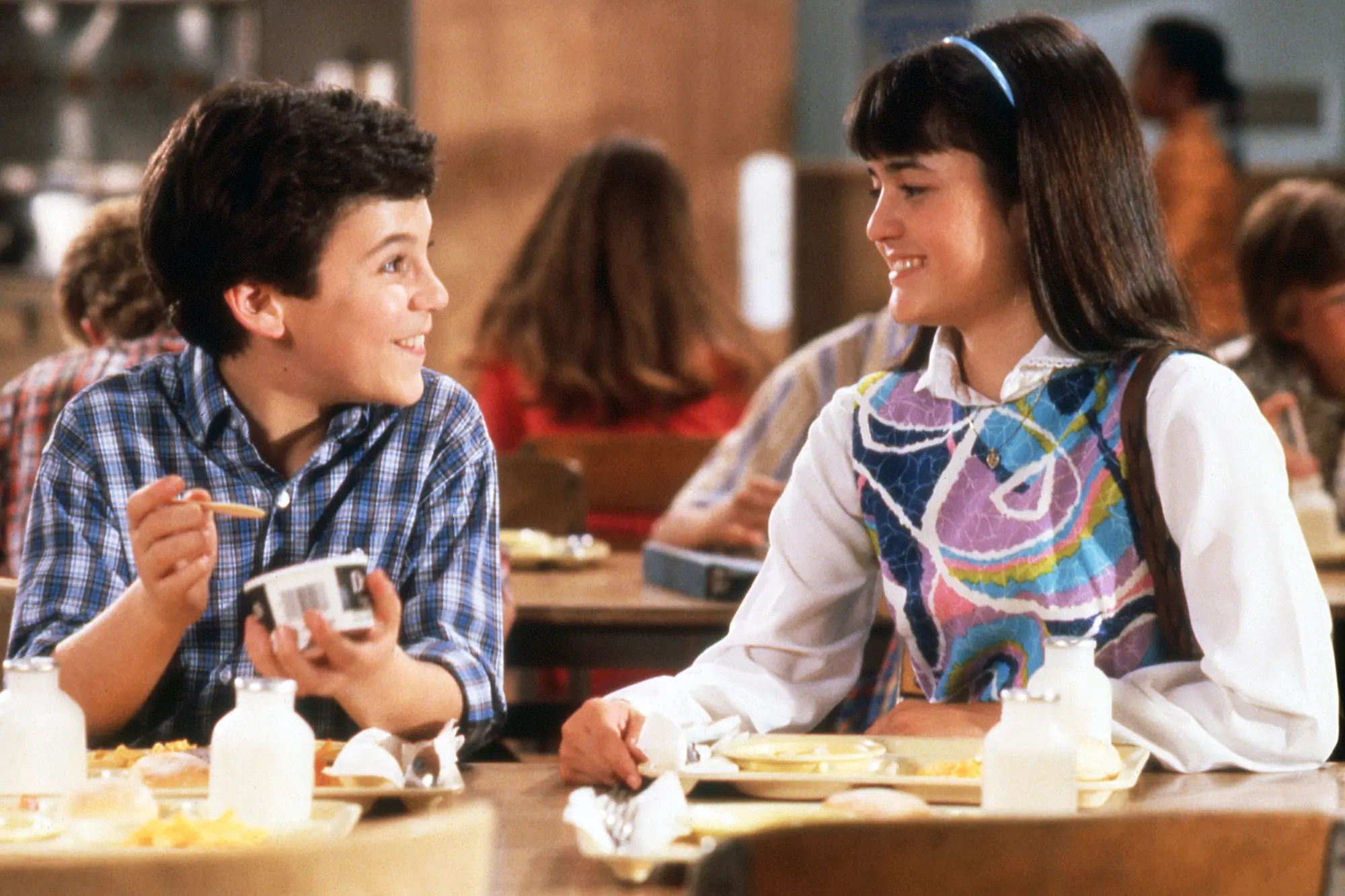
The coming-of-age format is coupled with its non-linear storytelling structure. The frequent use of flashbacks, voice-overs, and subtle visual cues denote shifts in time and perspective. Moreover, the series' intimate portrayals of the characters' internal struggles and growth demand a nuanced understanding of how editing techniques can be employed to heighten emotional resonance.
57 - Sons of Anarchy (2008–2014)
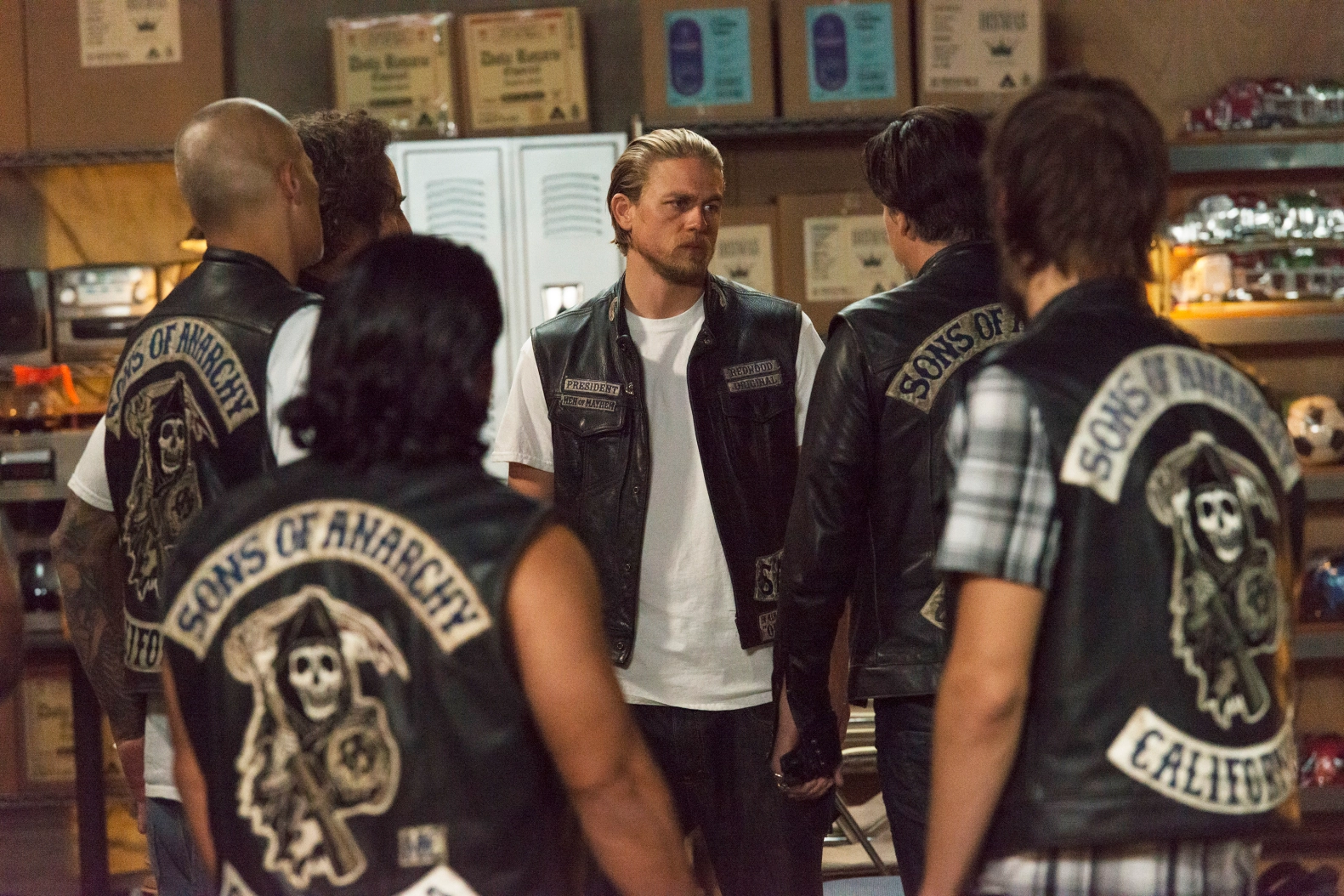
A drama centered on antiheroes and morally ambiguous narratives. The series is renowned for its gritty portrayal of outlaw motorcycle clubs, with intense action sequences, intimate character studies, and an intricate web of interlacing storylines. The series frequently uses musical montages to underscore dramatic moments.
56 - Freaks and Geeks (1999–2000)
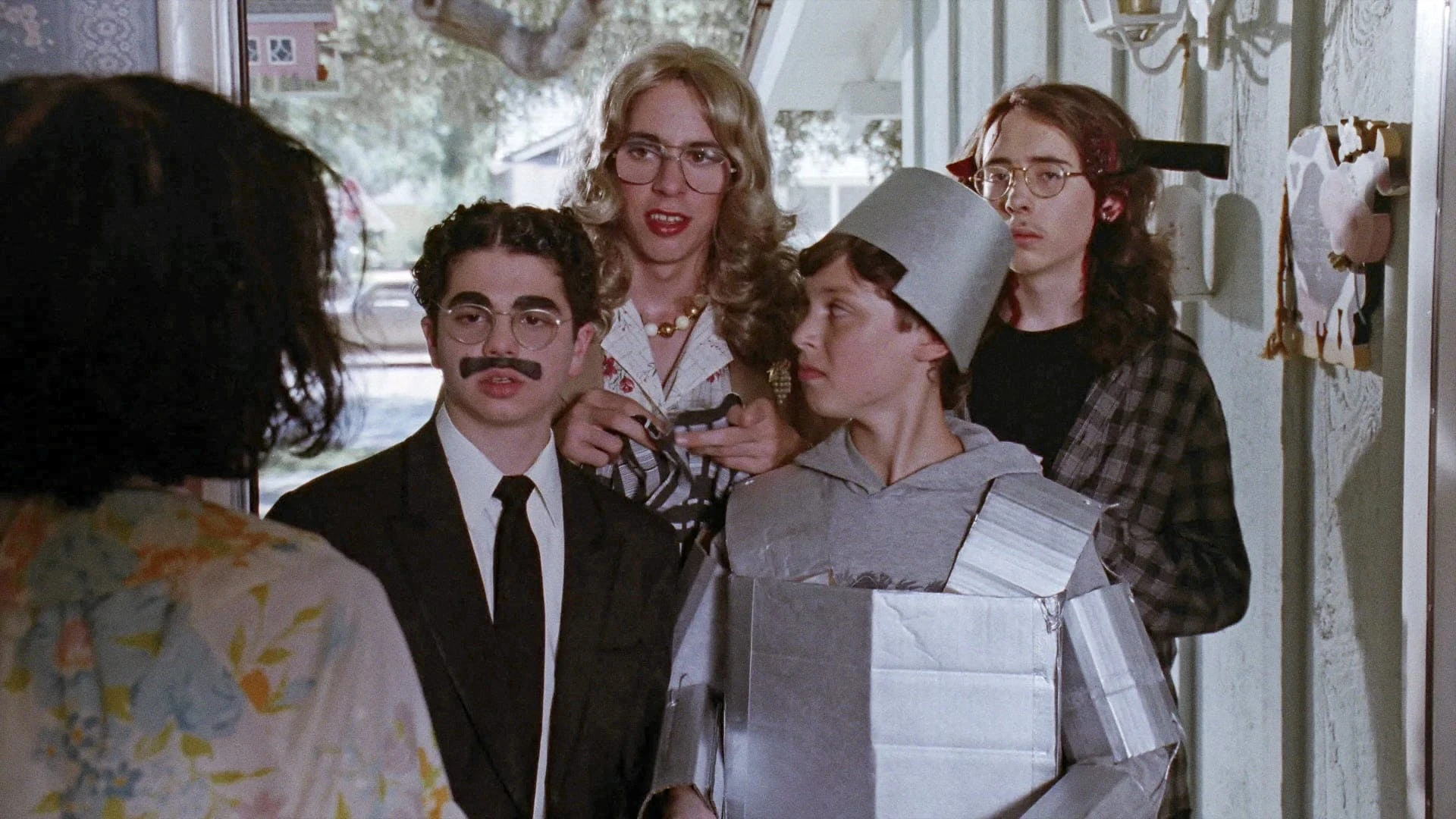
A critically acclaimed teen comedy-drama series that explores the social outcasts at a Michigan high school in the 1980s. The "freaks" and "geeks" represent two distinct groups of students, each facing their own unique set of challenges, often dealing with themes of identity, fitting in, and the complexities of adolescence.
55 - The X-Files (1993–2018)
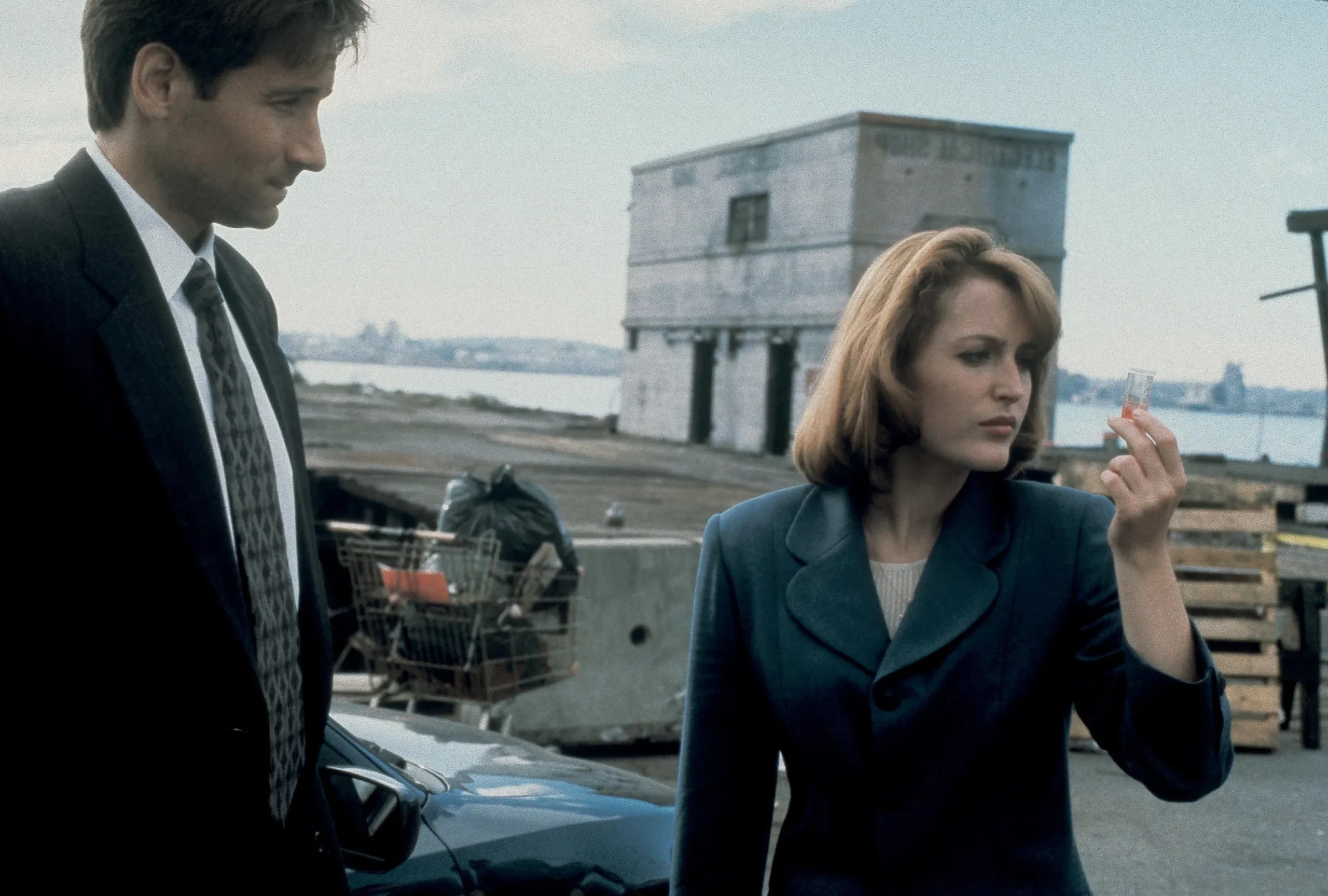
A veritable goldmine for suspenseful and atmospheric storytelling. The series, famed for its blend of science fiction, horror, and conspiracy themes, presents a vast array of techniques designed to evoke mystery, tension, and fear, such as jump cuts, visual effects, and sound design.
54 - The A-Team (1983–1987)
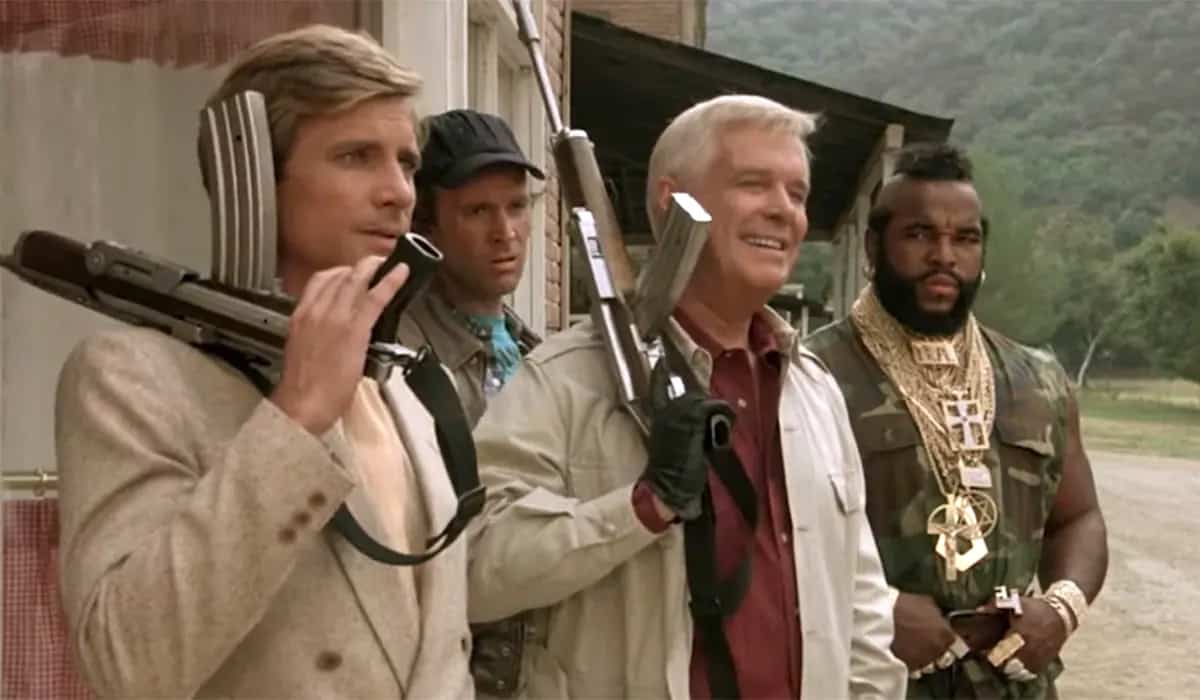
A distinctive blend of action, humor, and camaraderie. The series stands out through its rapid-fire editing style, using quick cuts to build intensity during the show's signature action sequences. Fast-paced transitions contribute to the overall storytelling, keeping viewers engaged and on the edge of their seats.
53 - Buffy the Vampire Slayer (1997–2003)

A unique blend of horror, comedy, and drama. The series maintains a tonal balance, as the show effortlessly weaves together monstrous scares, witty banter, and emotionally resonant characters. The clever use of cutaways in fight scenes establishes the illusion of supernatural strength.
52 - Broad City (2014–2019)
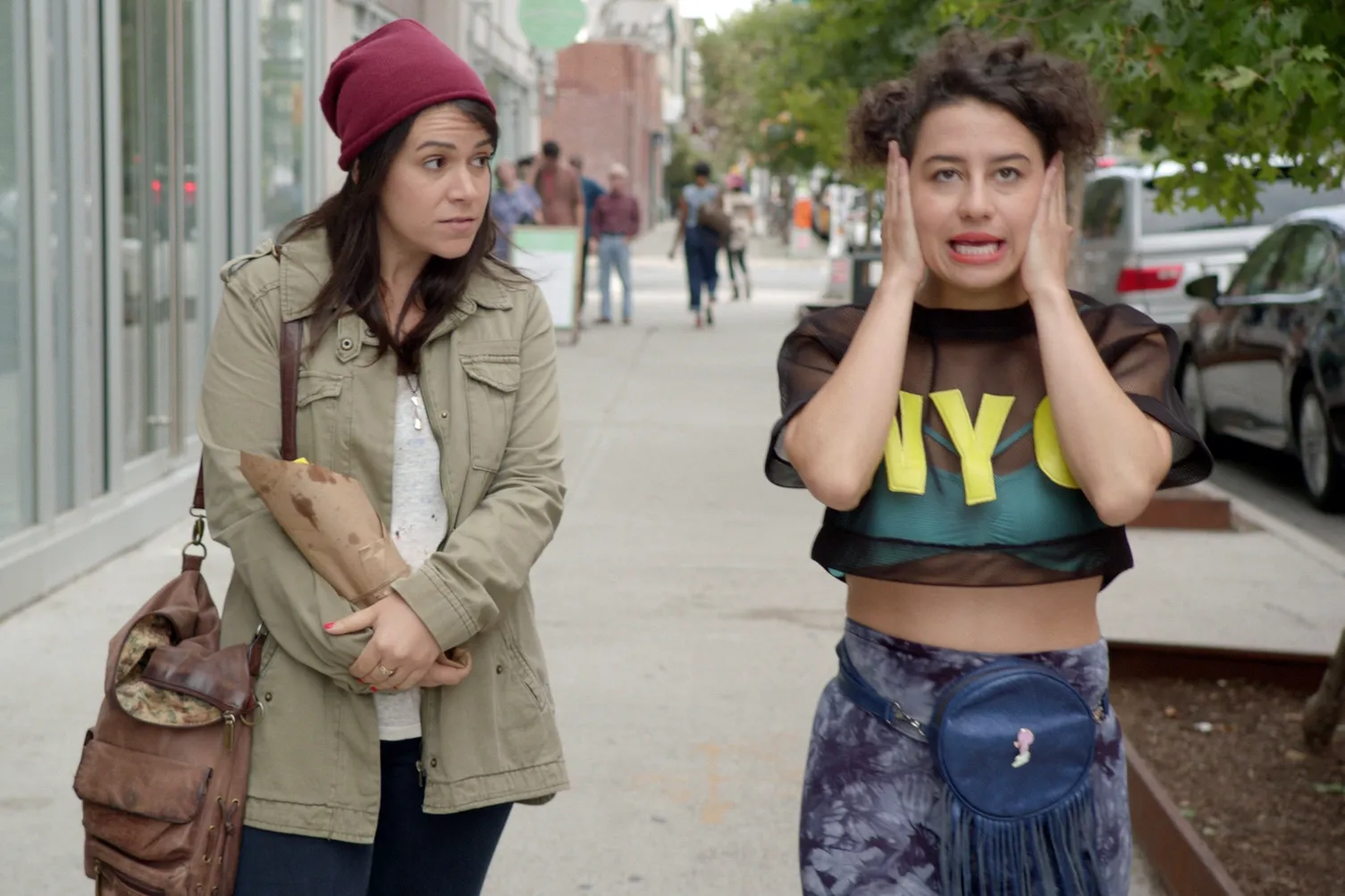
With its quick-cut style and vibrant aesthetics, the show brilliantly reflects the frenzied pace and energy of living in a bustling city like New York. The comedy series uses montage and other techniques to portray the quirky adventures of the show's main characters, adding depth and humor to the narrative. A web-series-turned-TV-show.
51 - Dexter (2006–2013)

This series has an innovative use of visual storytelling techniques to delve into the mind of its complex, morally ambiguous protagonist. It masterfully employs a combination of first-person narration, flashbacks, and dream sequences to explore the psychological depth of its lead character, a forensic analyst leading a secret life as a serial killer.
50 - Little House on the Prairie (1974–1983)
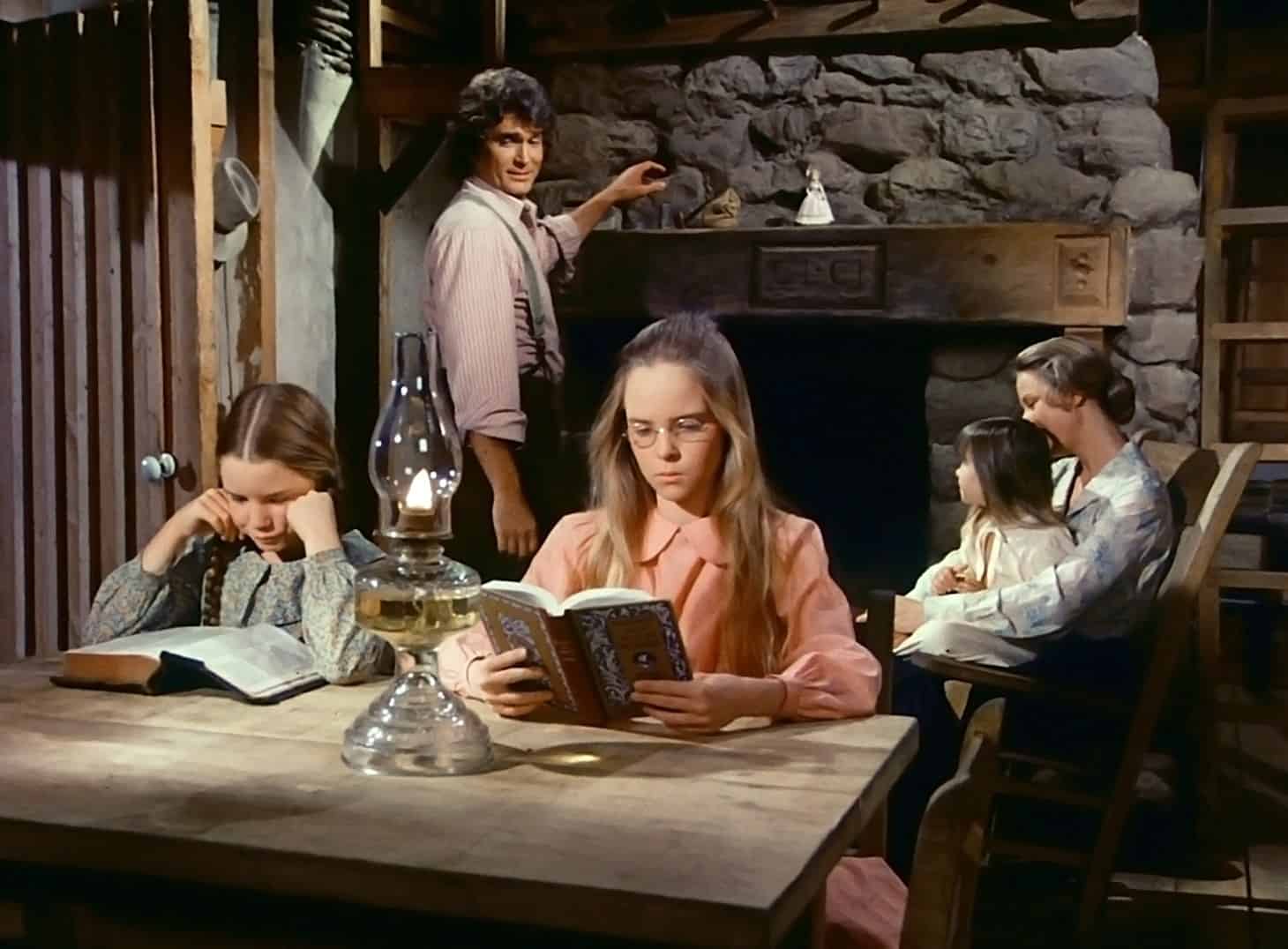
Known for its gripping storytelling and picturesque cinematography, the series beautifully captures the essence of life in the American Midwest during the late 1800s. The show has a unique blend of historical authenticity, heartwarming family dynamics, and stark life realities.
49 - The Haunting of Hill House (2018)
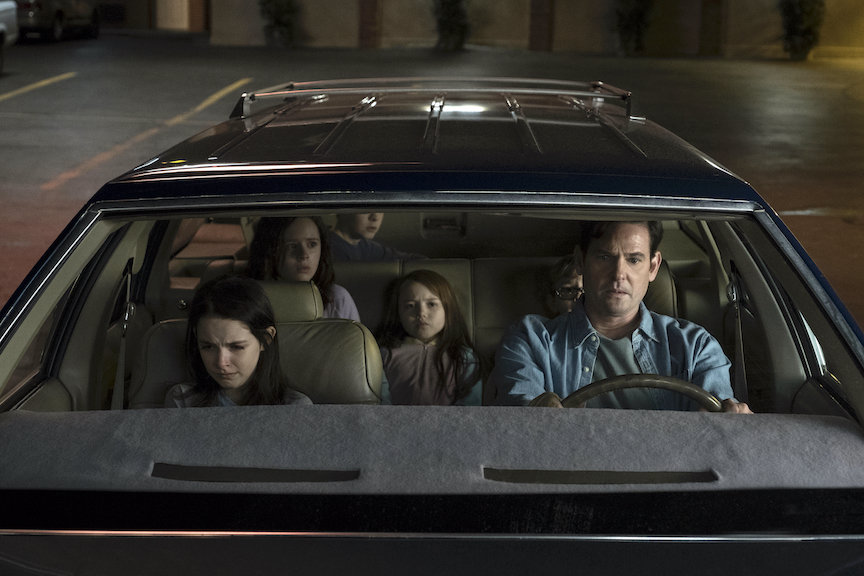
A masterclass in techniques used in the horror genre. This series excels in using editing to create a suspenseful and eerie atmosphere. The seamless transitions between past and present add layers of complexity to the narrative and create a rich tapestry of fear and unease.
48 - Battlestar Galactica (1978–1979)
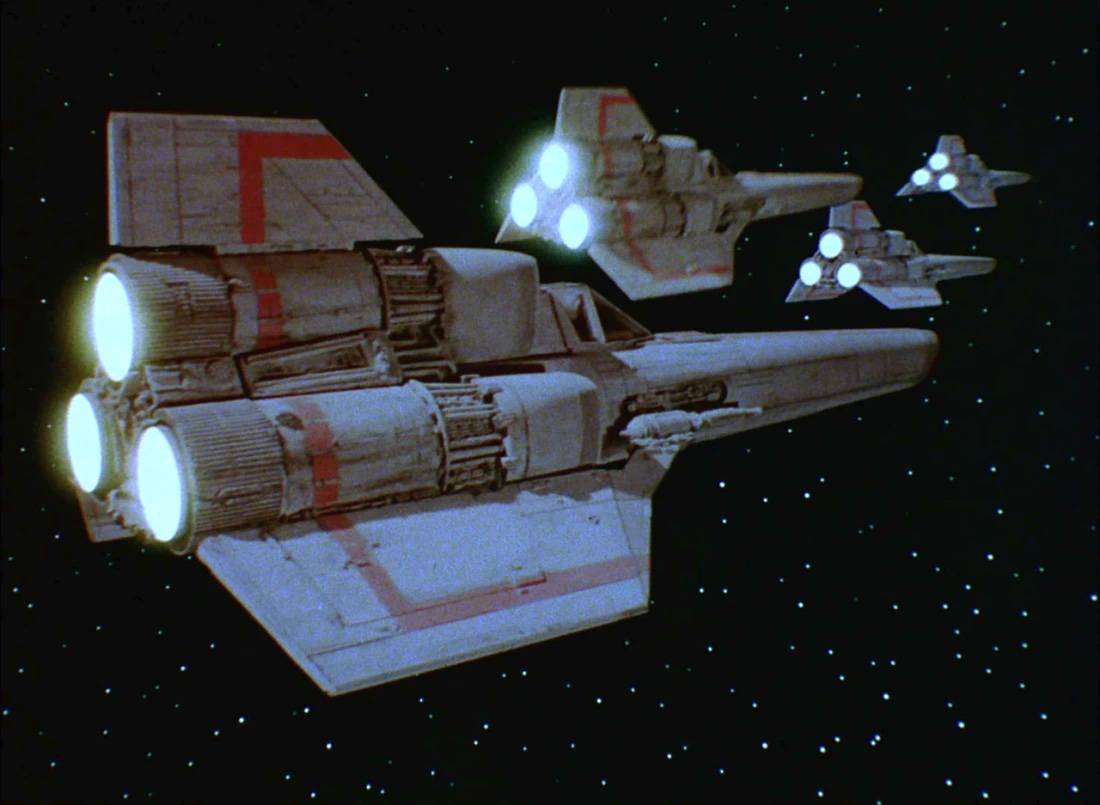
An interesting blend of science fiction and epic space opera. This sci-fi series is renowned for its pioneering use of special effects, combining both practical and digital effects, an approach that was groundbreaking in its time. The dynamic effects give the space battles a sense of scale and spectacle.
47 - Atlanta (2016–2022)
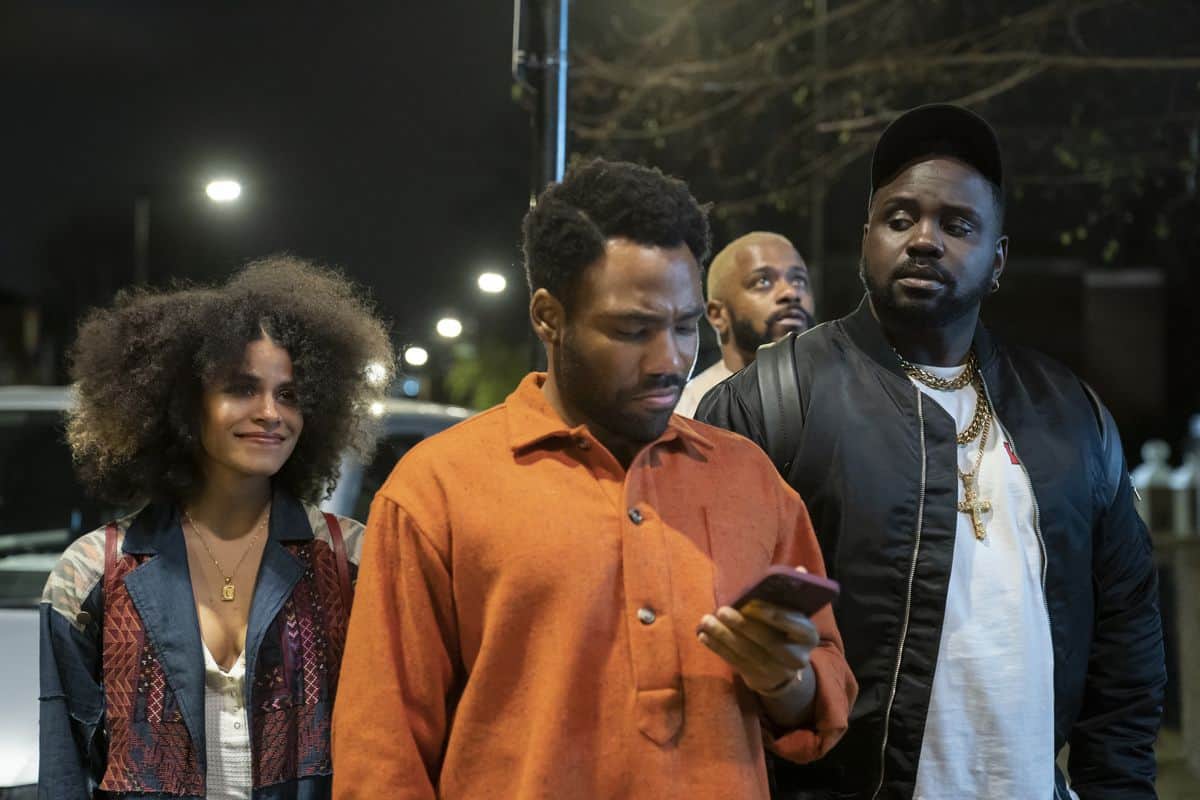
The show style oscillates seamlessly between abstract surrealism and grounded reality, a challenging feat pulled off with finesse. The series frequently experiments with narrative structure, time jumps, and visual aesthetics, creating an immersive viewing experience that constantly keeps audiences on their toes.
46 - Ozark (2017–2022)
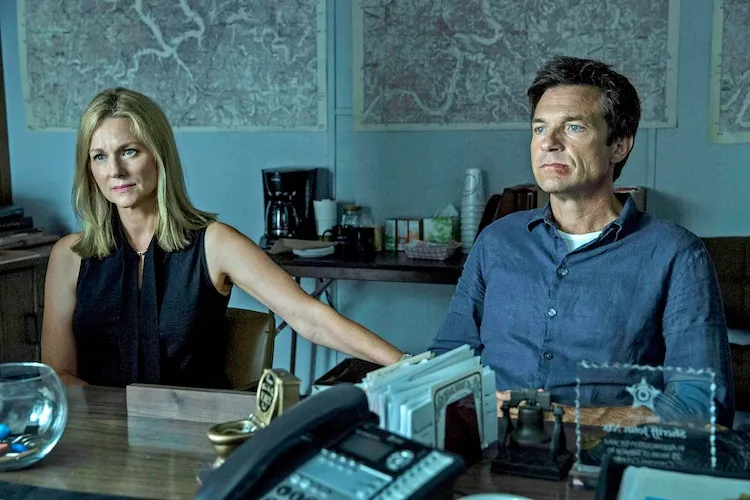
Exemplary usage of color grading and lighting to create a distinct ambiance and mood. The series stands out for its choice of a muted, blue-grey color palette that adds a grim and intense atmosphere to the compelling story. This color scheme mirrors the escalating tensions and moral complexities faced by the characters.
45 - The Last Man on Earth (2015–2018)
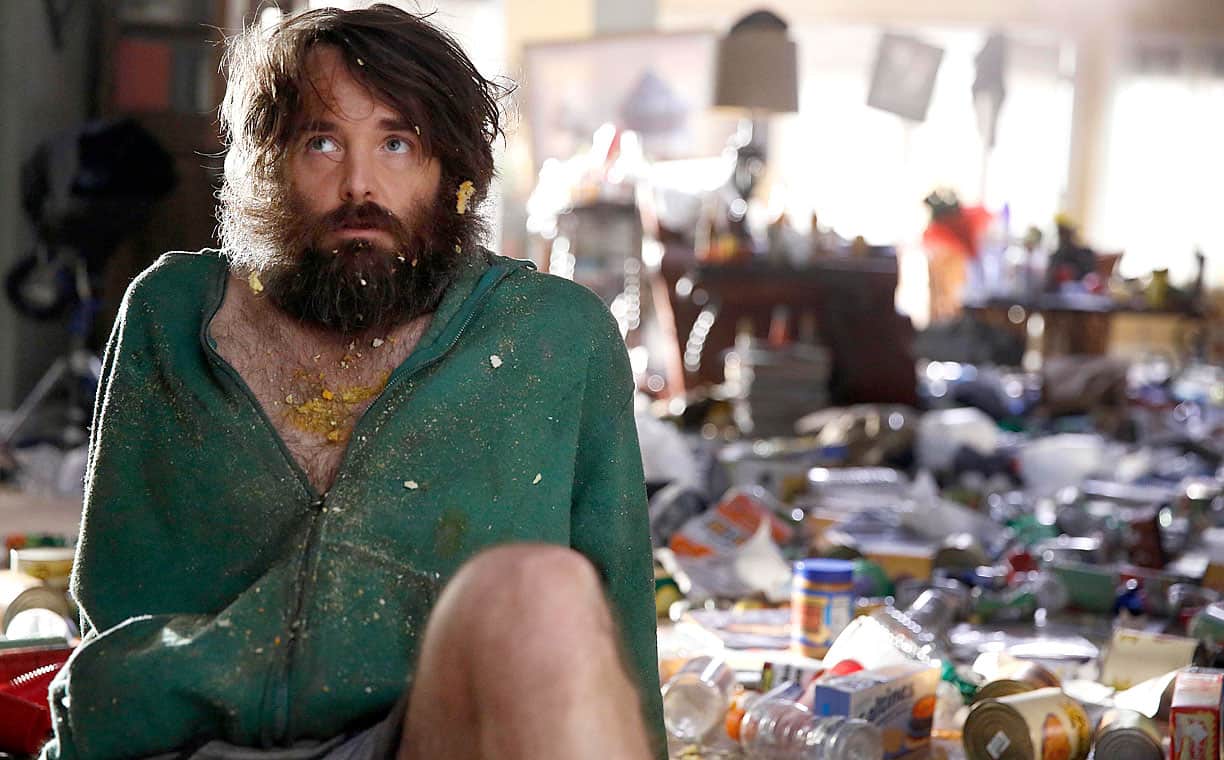
Unlike many traditional shows, this series frequently uses silent, wide shots of empty landscapes and abandoned locations, creating a sense of isolation and absurdity that enhances the comedic elements. Its use of static long shots combined with oddball montages is a testament to its unconventional approach to comedy.
44 - Westworld (2016–2022)
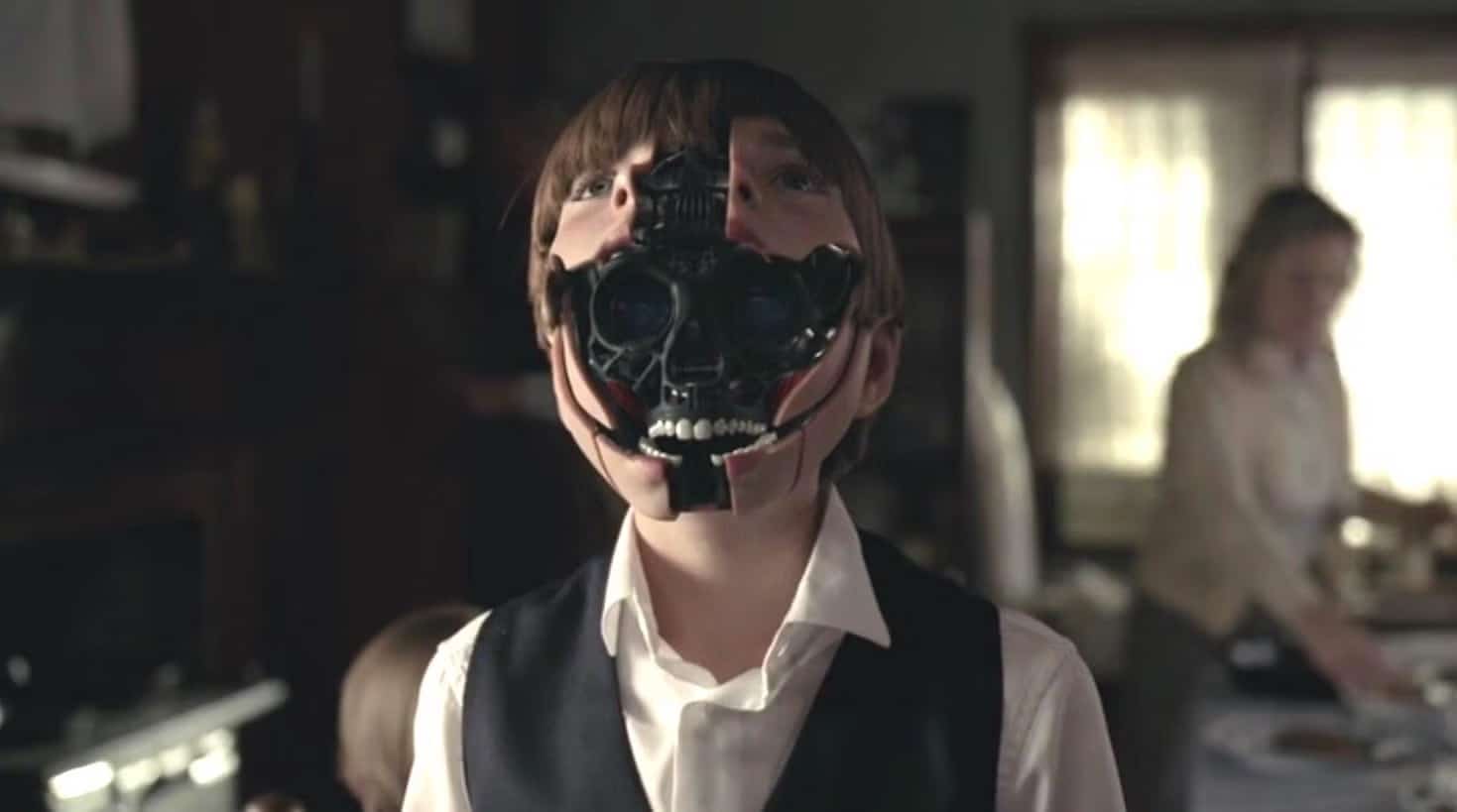
The series displays a remarkable use of non-linear storytelling, often juxtaposing visually stunning scenes from different timelines. This complex approach maintains a sense of mystery and anticipation. The use of sweeping panoramas juxtaposes with intimate close-ups.
43 - Land of the Lost (1974–1977)

A show known for its innovative use of special effects and the advent of visual storytelling during a time when technology was relatively primitive. The series pushed the boundaries of what was technically feasible, incorporating elements such as chroma key, stop motion animation and miniature effects.
42 - Dallas (1978–1991)
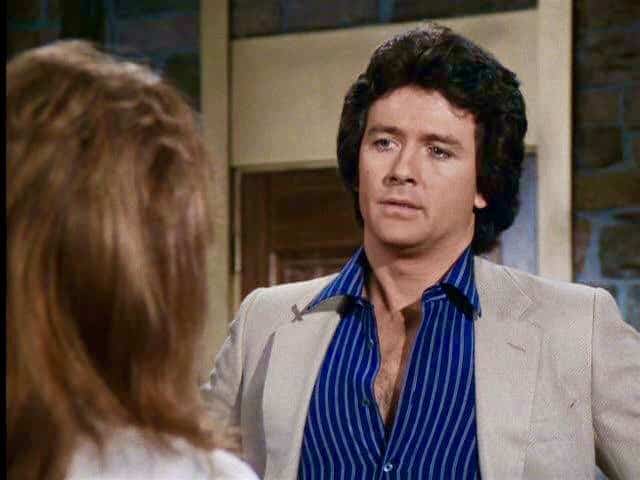
A show that has a distinctive blend of soap opera-style drama and real-world politics. Its famed narrative structure is characterized by an intricate web of subplots and character-driven arcs. "Dallas" remains notable for its use of cross-cutting and parallel editing techniques, often switching between simultaneous events to heighten dramatic tension.
41 - Orange Is the New Black (2013–2019)
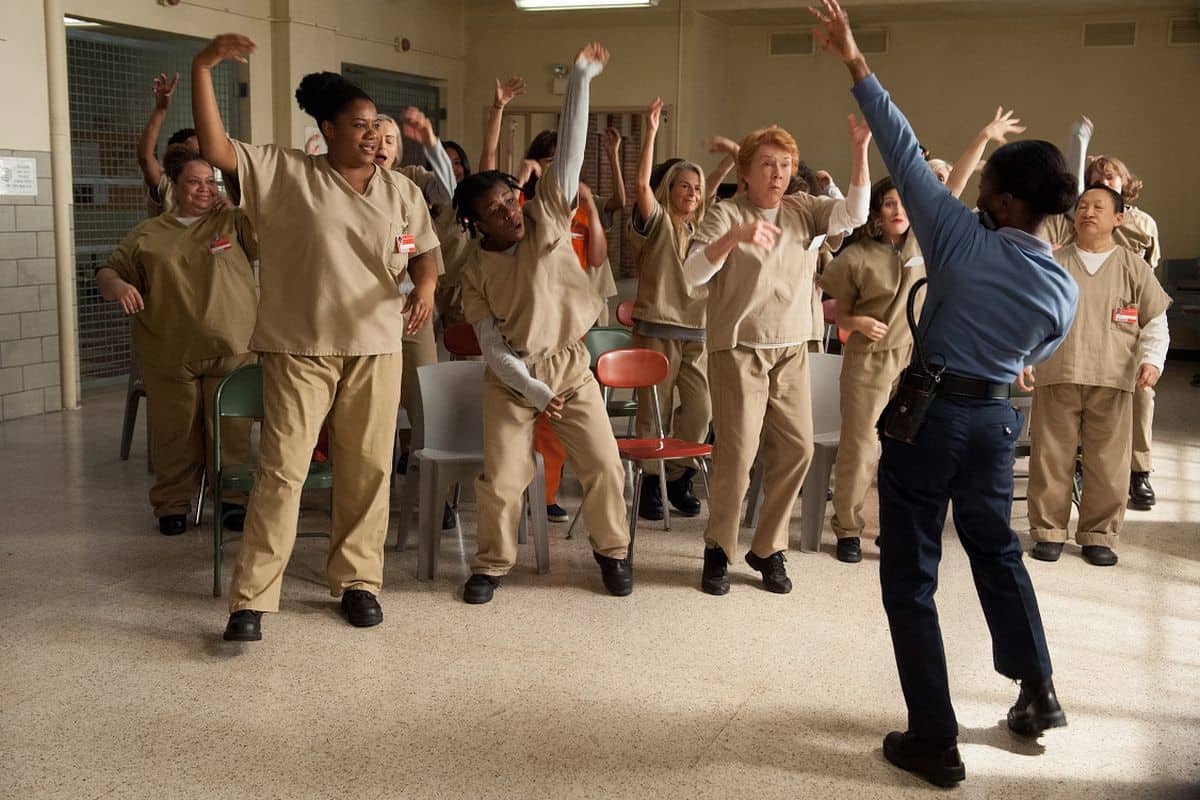
As a primarily character-driven series set in a women's prison, it utilizes a non-linear narrative structure, often employing flashbacks to enhance character depth and provide context to the present-day storylines. Its diverse ensemble cast and varying narrative perspectives challenge traditional conventions with a blend of drama, dark humor, and social commentary.
40 - What We Do in the Shadows (2019-)
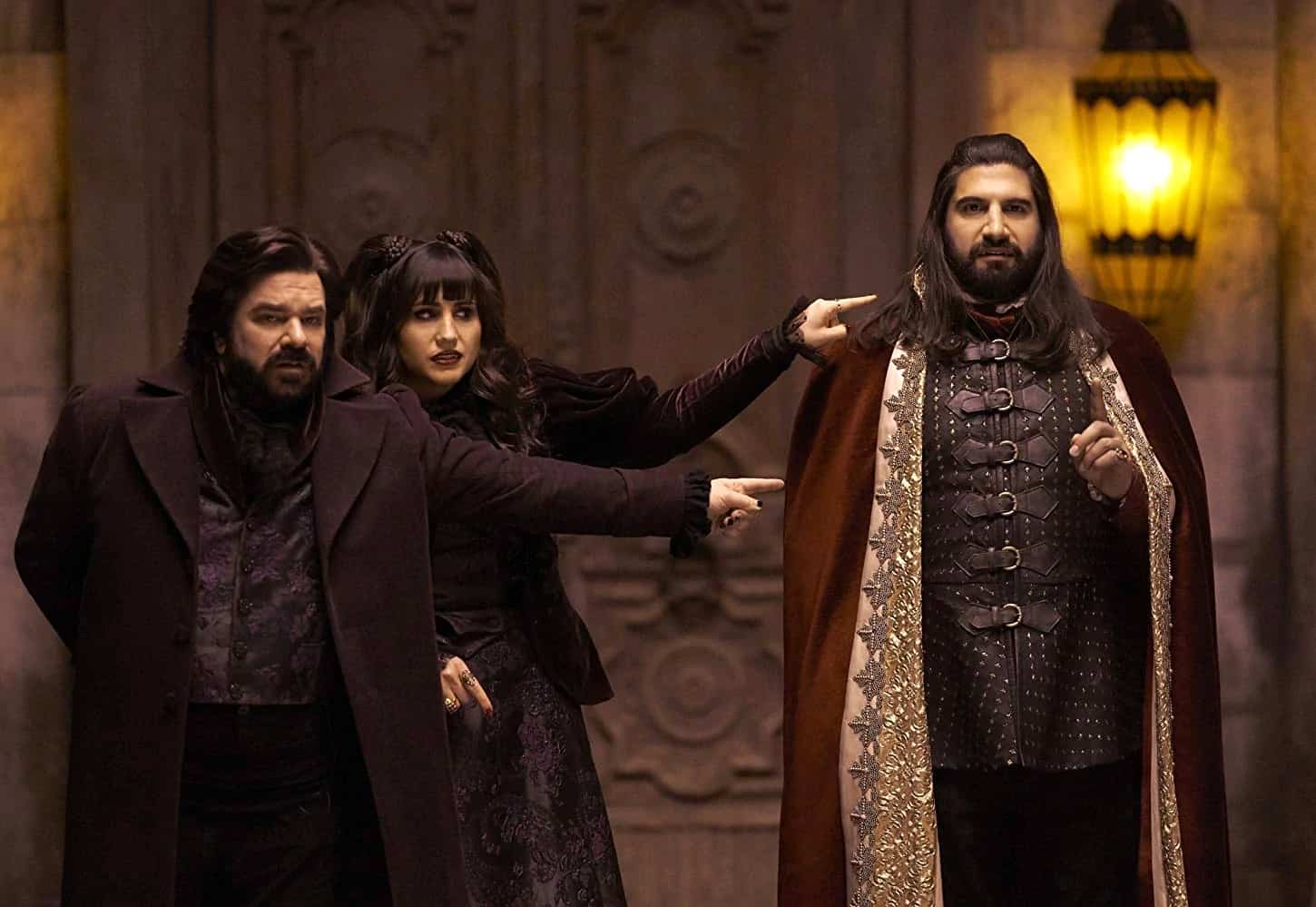
Set in a mockumentary format, "What We Do in the Shadows" is a whimsical exploration of the mundane lives of vampires who have lived together in Staten Island for centuries. This show cleverly combines elements of supernatural horror with comedy, breathing new life into the classic vampire trope.
39 - House (2004–2012)
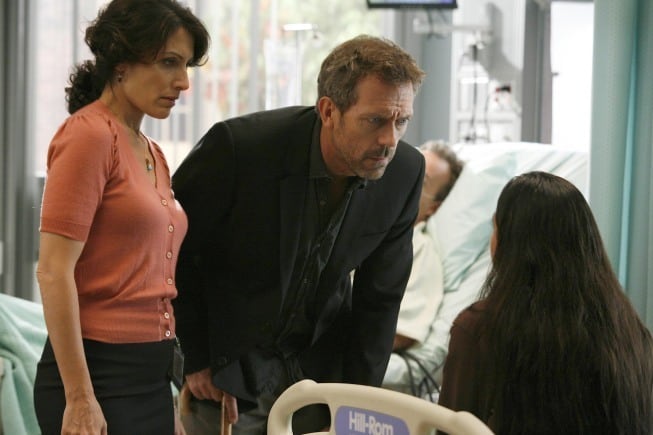
Renowned for its intricate plots and complex characterization, the series is deeply intertwined with the visual narrative, often using symbolic imagery and nuanced visual cues to reflect or foreshadow plot developments. The story maintains a brisk, engaging pace. The medical mystery genre of "House" uses flashbacks, medical imaging, and visual effects.
38 - Man Seeking Woman (2015–2017)
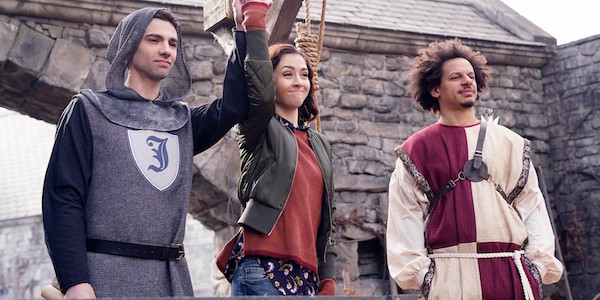
This series is distinctive for its experimental structure, which routinely blends reality with fantastical elements to externalize the protagonist's inner thoughts and feelings. The series often employs non-literal visual metaphors, requiring an editor’s touch to ensure they effectively communicate their intended meaning without disrupting the narrative flow.
37 - Lost (2004–2010)
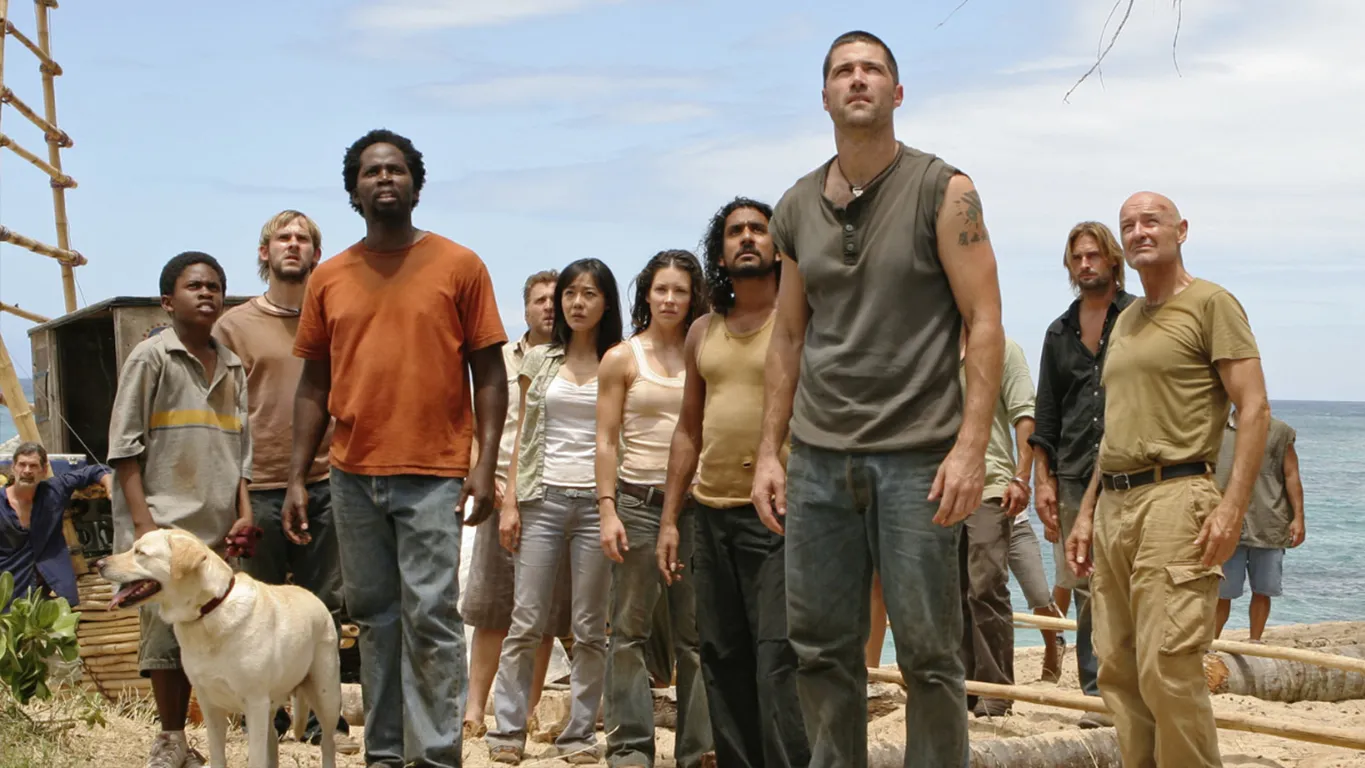
"Lost" is famous for its gripping narrative that revolves around the survivors of a commercial jet crash, stranded on an enigmatic, deserted island somewhere in the South Pacific. The series stands out for its stunning visual imagery of the mysterious island, balancing its visual spectacle with character-focused scenes.
36 - Oz (1997–2003)
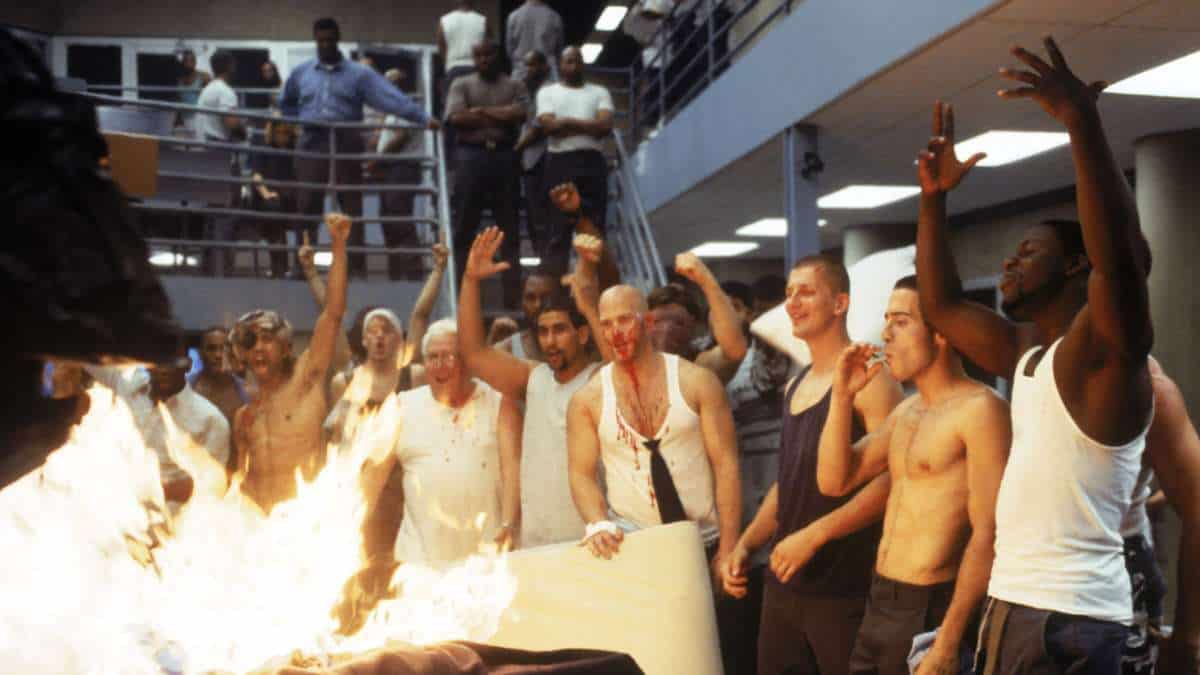
Known for its raw and unflinching portrayal of prison life. The series stands out for its use of monologues by a central character, serving as a narrative device that bridges various plotlines. These monologues are often delivered with the character directly addressing the camera. The series is replete with intense sequences to reflect the harsh realities of prison life.
35 - My Name Is Earl (2005–2009)
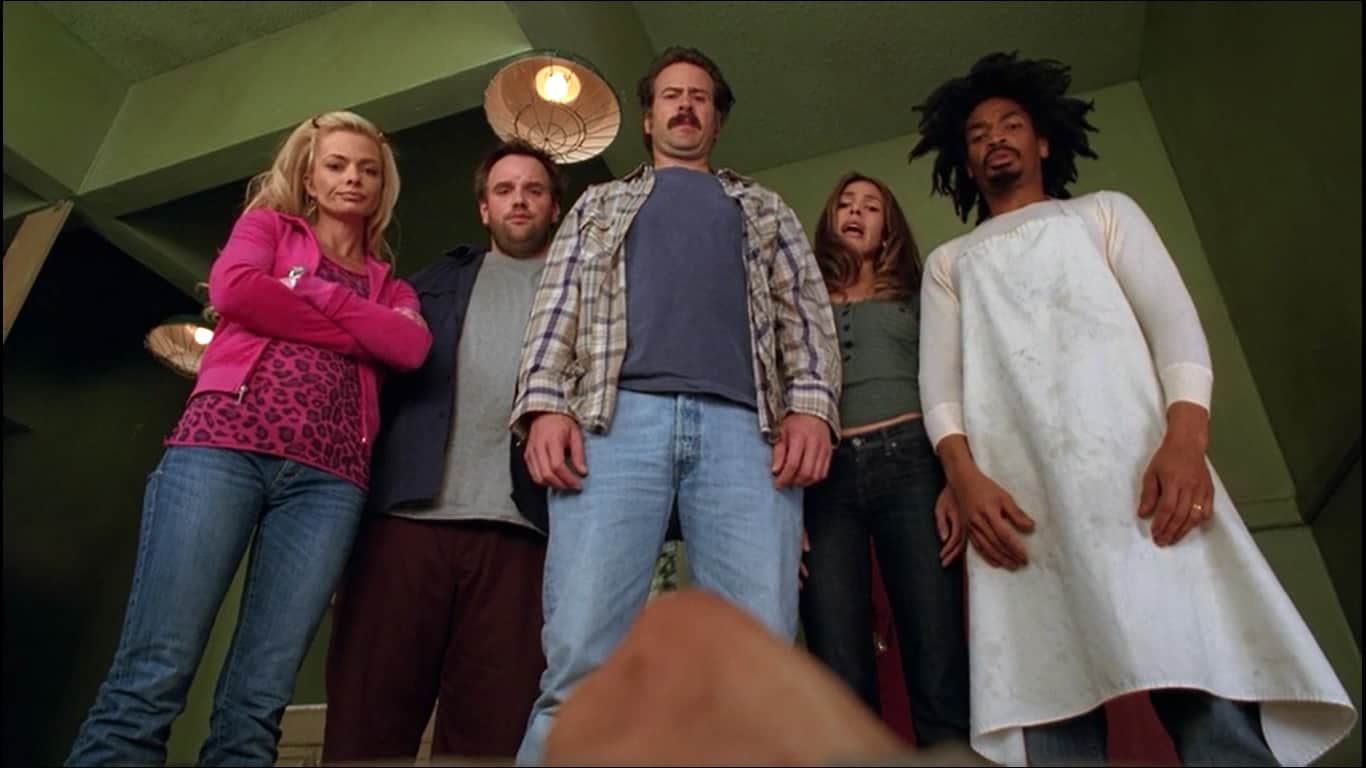
Known for its distinctive storytelling approach and stylistic elements. The series is renowned for its creative use of flashbacks, voiceovers, and the list motif. The episodic nature of Earl's redemption journey is marked by the crossing off of a new item from his list in each episode. The show's comedy is often derived from visual gags and physical humor.
34 - Workaholics (2011–2017)
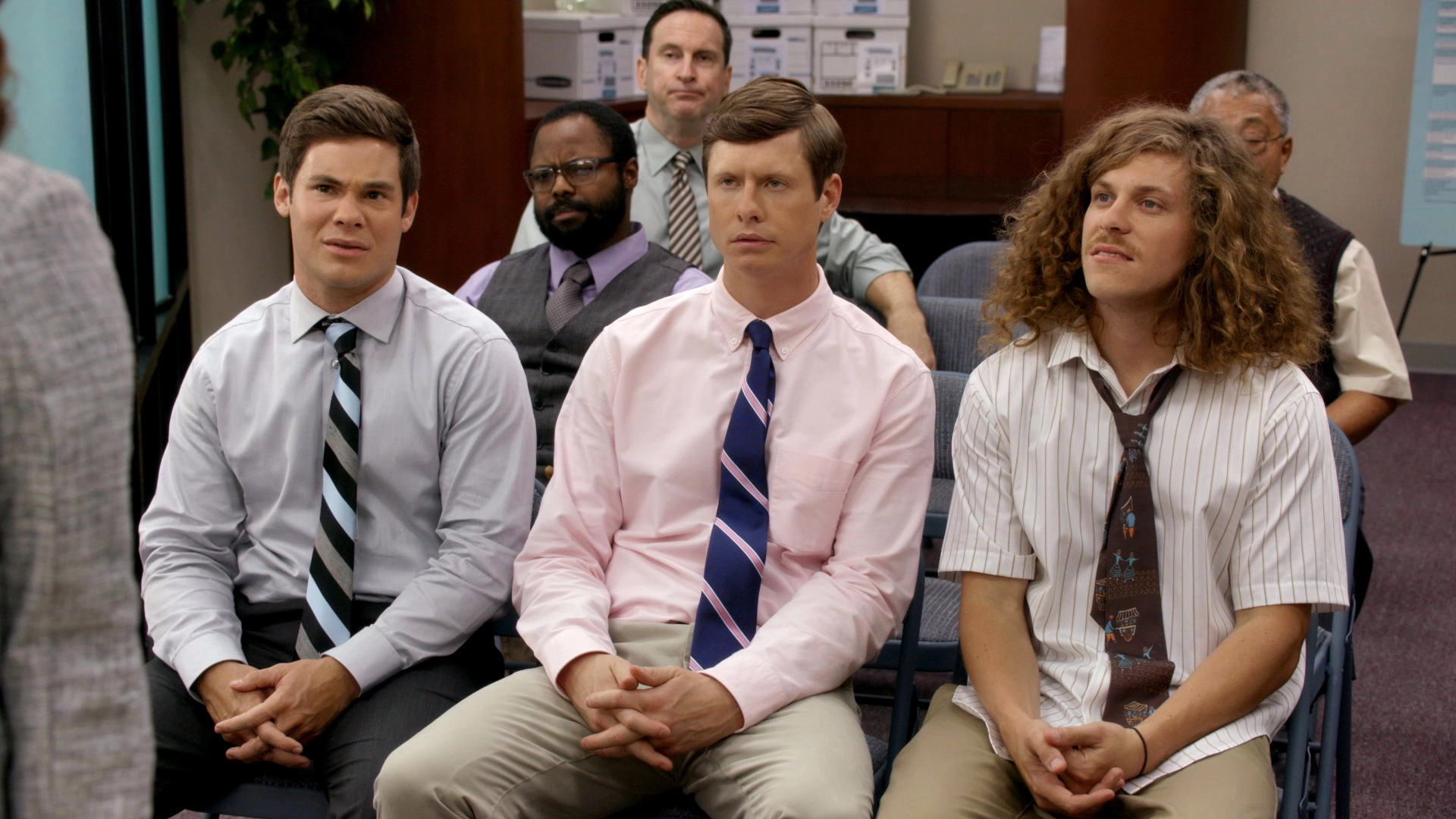
A workplace comedy series with surreal humor. Frequent incorporation of fantasy sequences that seamlessly transition between the mundane office setting and exaggerated scenarios, which creates a distinctive comedic rhythm. With the trio having a background in sketch comedy series, the comedic style of "Workaholics" makes it one of a kind.
33 - Grey's Anatomy (2005-)
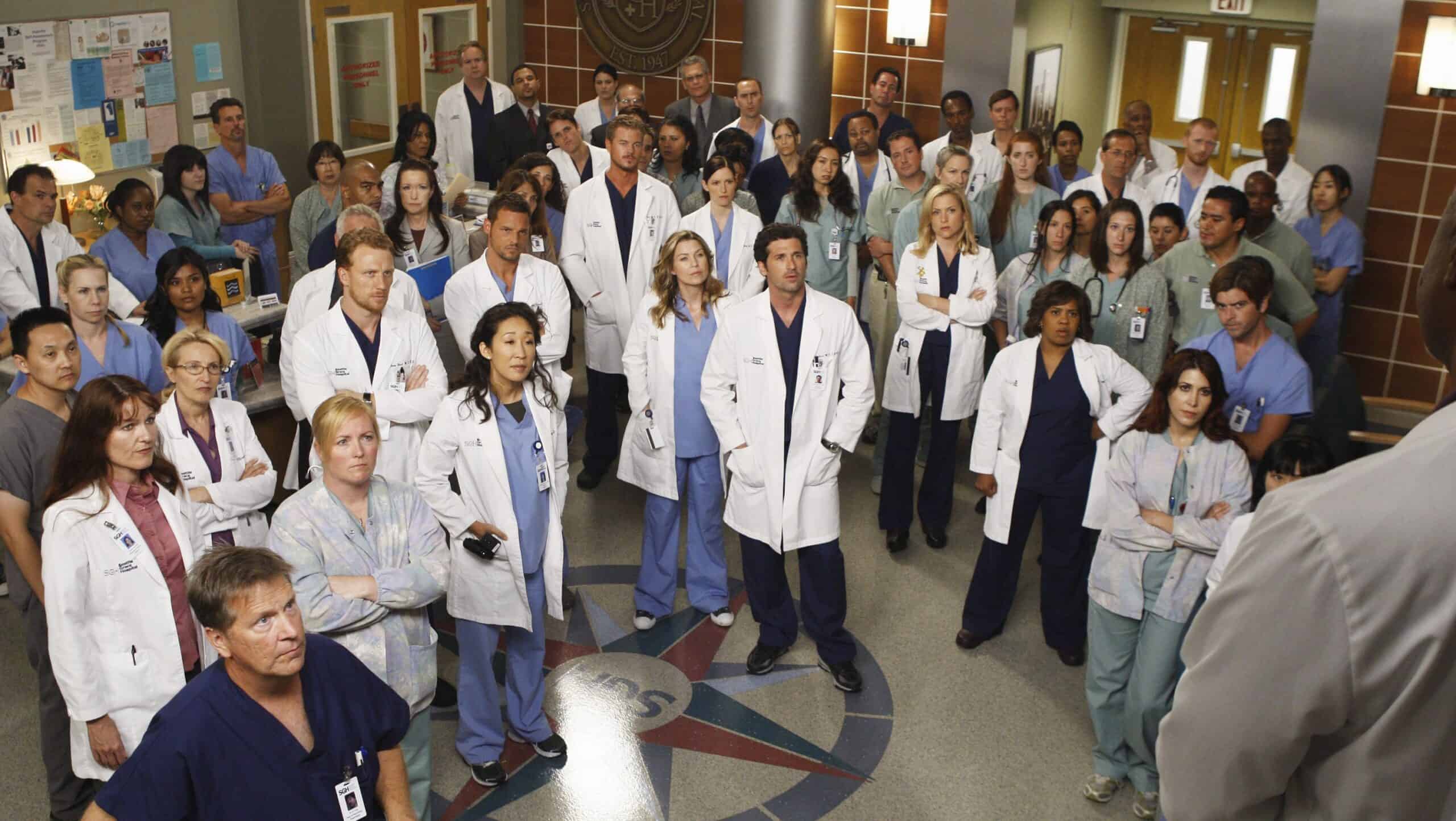
A show with a successful blend of medical drama and personal stories, boasting great pacing and emotional resonance. The series' consistently high-stakes surgical scenes necessitate precise and dramatic cuts to heighten tension and convey the urgency of the medical situations.
32 - Squid Game (2021-)
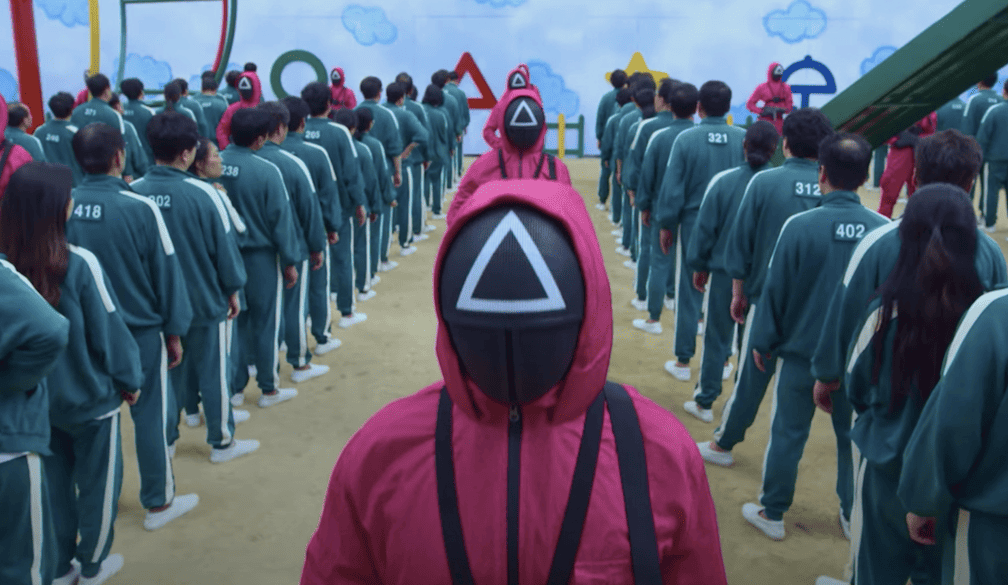
A survival series portrays a group of financially distressed individuals who participate in a series of childhood games, with a deadly twist, for the chance to win a massive cash prize. The show is recognized for its social commentary on income inequality and the lengths to which people will go when driven by desperation.
31 - Reno 911! (2003-)
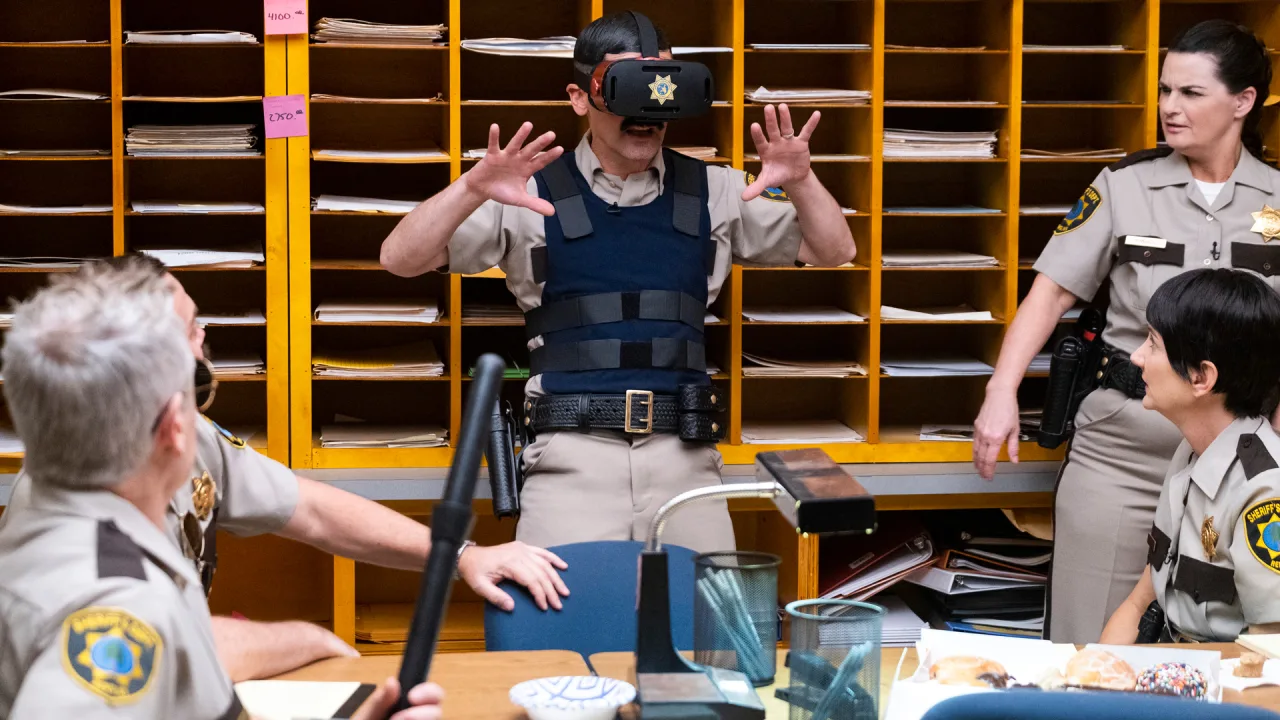
With its mockumentary style, "Reno 911!" thrives on improvisation, creating a sense of realism and unpredictability. Its faux-documentary format necessitates the seamless integration of handheld and static shots. For a comedy series, it still feels like one of the most authentic cop shows out there.
30 - Malcolm in the Middle (2000–2006)
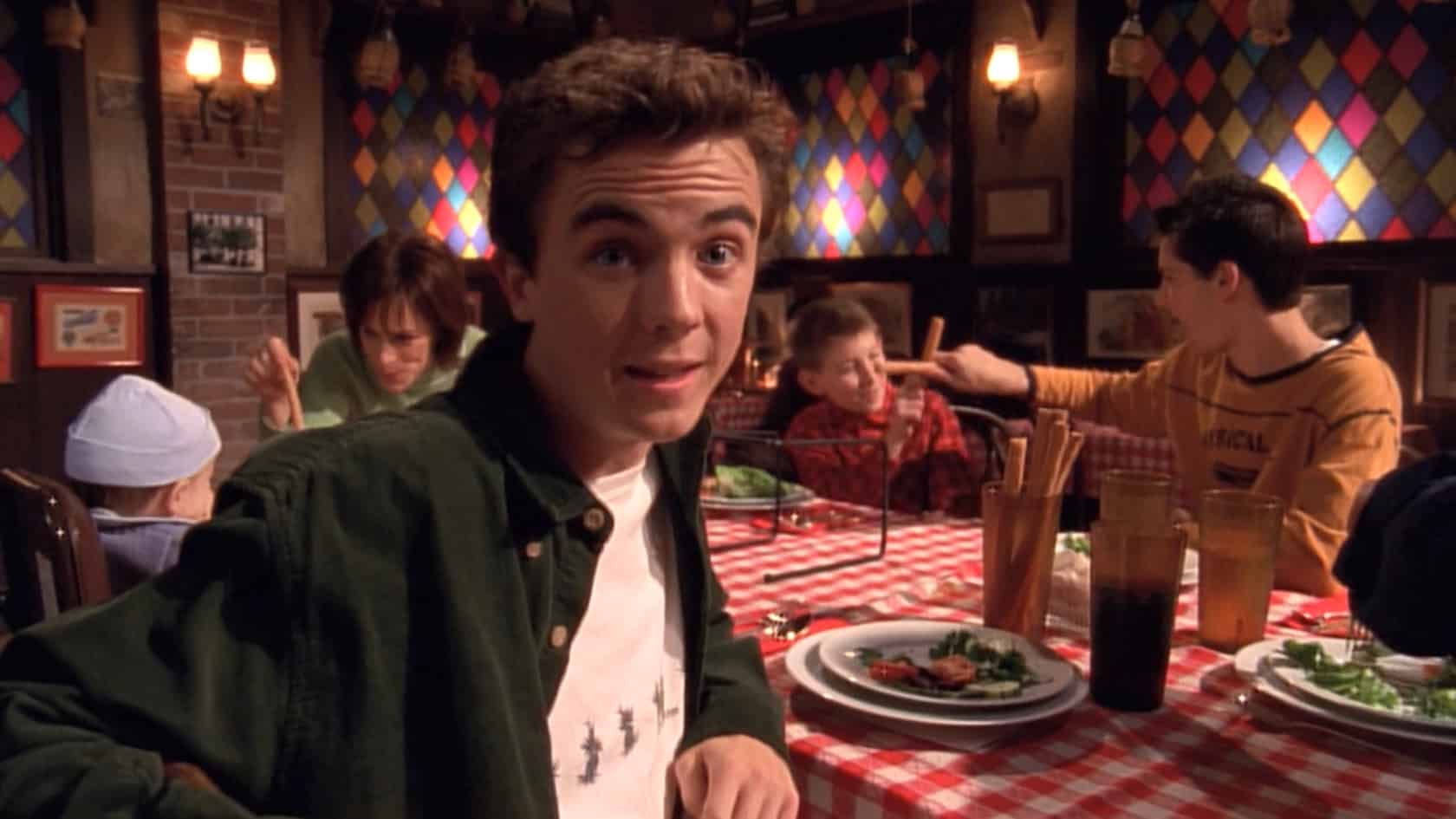
The series is known for its inventive storytelling techniques, breaking the fourth wall with Malcolm's direct-to-camera dialogues, and employing quick cuts and flashbacks to build narrative depth. Moreover, the show's creative use of visual humor, such as exaggerated reactions and physical comedy, requires skillful editing to deliver maximum comedic impact.
29 - Arrested Development (2003–2019)
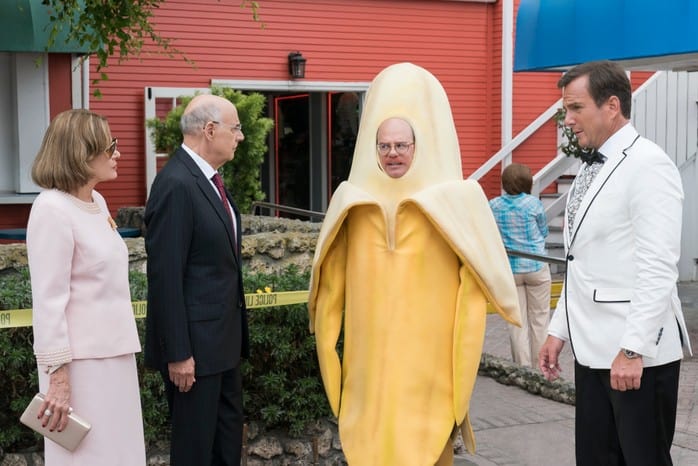
This comedy series is renowned for its intricate structure, characterized by layered jokes, callbacks, flashbacks, and extensive use of foreshadowing. This show brilliantly maneuvers through rapid-fire dialogue and complex storylines, ensuring the humor hits home. The show's distinctive mockumentary style combines handheld camera work with voice-over narration.
28 - Game of Thrones (2011–2019)

"Game of Thrones" interweaves multiple plotlines across various exotic locations portrayed through stunning cinematography. The series maintains suspense and dramatic tension. The series' epic battle scenes include rapid cuts, seamless transitions, and meticulous attention to visual detail.
27 - V (1984–1985)
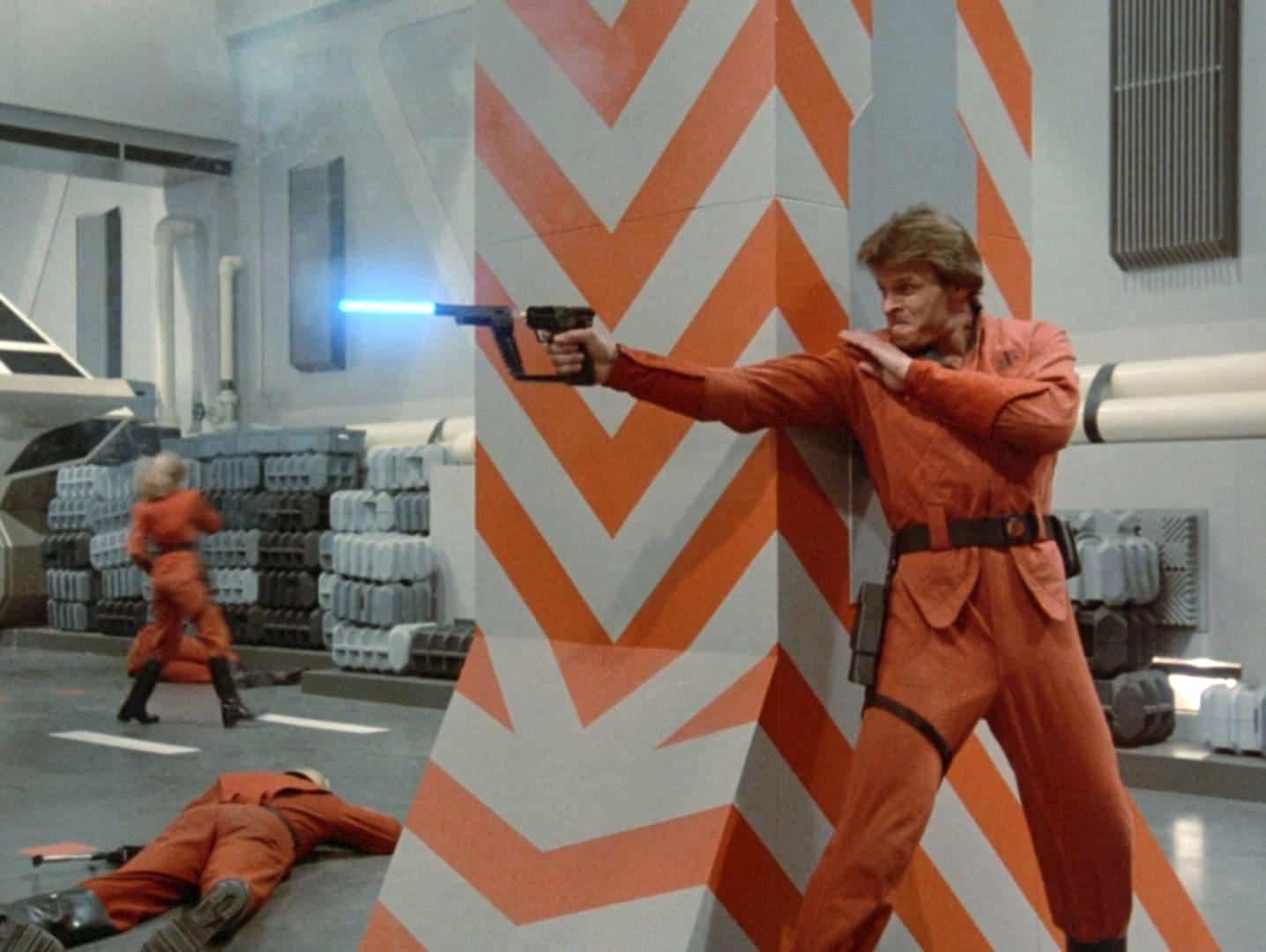
"V" (1984–1985) is a prominent example of the sci-fi genre in television that offers a goldmine of unique effects and visual aesthetics. It is revered for its pioneering use of special effects and alien makeup, which was groundbreaking for its time. The "V" serves to elevate the tension and suspense by using fast-paced cuts and innovative transitions.
26 - Louie (2010–2015)
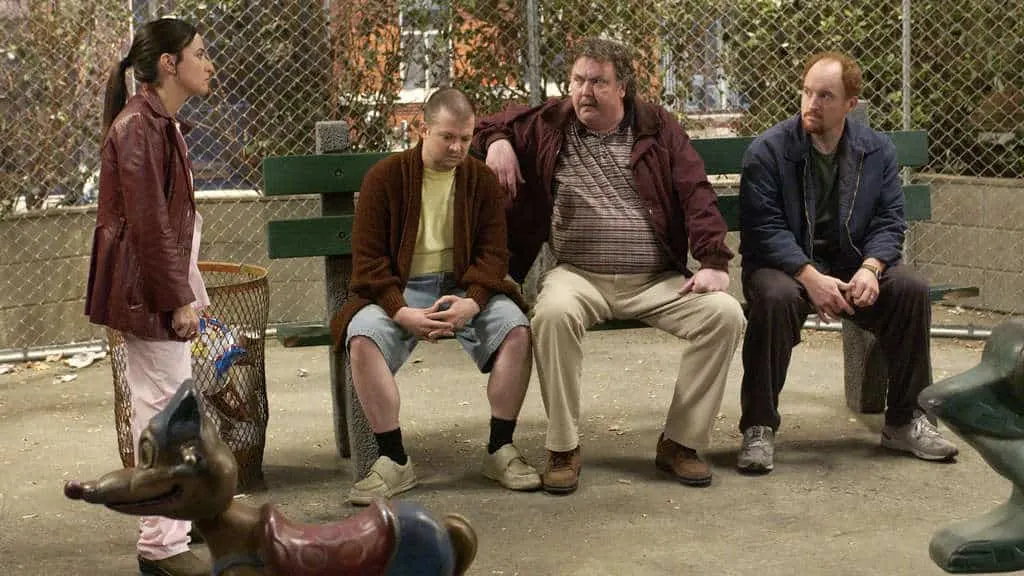
A unique blend of comedy and raw human emotion. Its creator, Louis C.K., often veers away from traditional sitcom techniques by incorporating standalone vignettes rather than cohesive plotlines. Each episode, edited to emphasize the individual nuances of the vignettes, requires a distinct rhythm and tone. The series also stands out for its masterful use of visual comedy.
25 - Stranger Things (2016–2024)
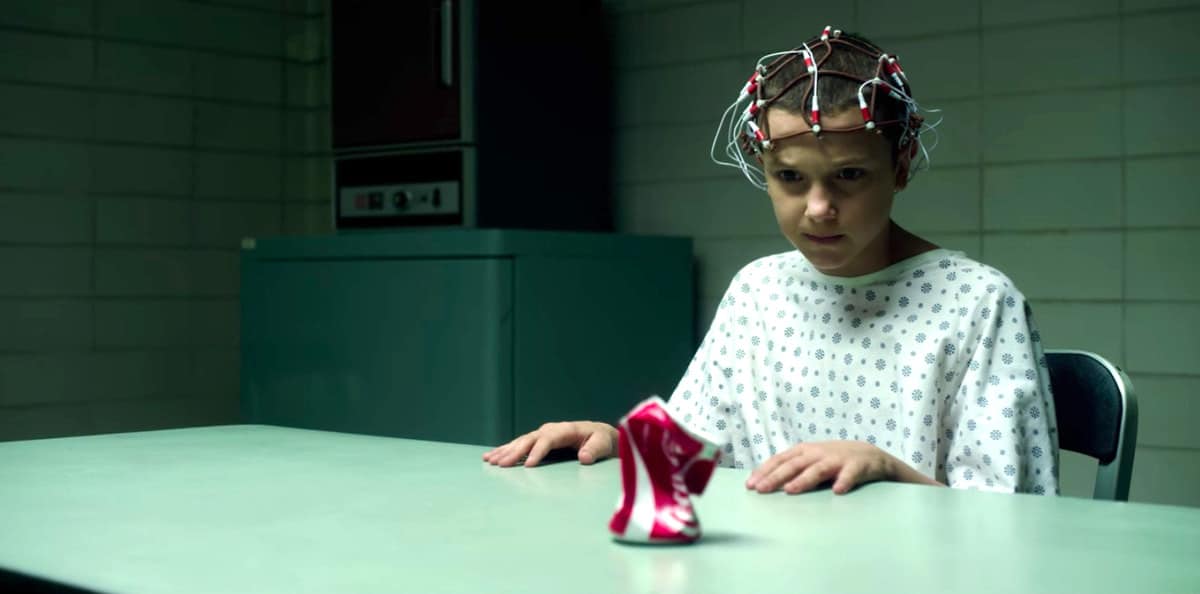
A paradigm of nostalgic storytelling, seamlessly blending elements of science fiction, horror, and adventure. This series features an homage to the 80s pop culture. The series uses visual and special effects to portray parallel dimensions and supernatural occurrences. The multi-layered narrative features a host of characters and subplots with great pacing and tonal shifts.
24 - Six Feet Under (2001–2005)
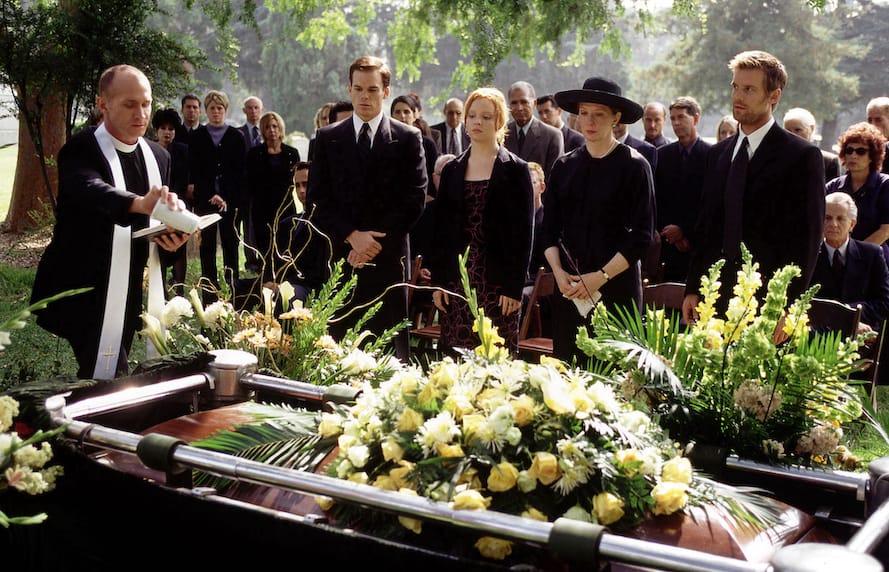
"Six Feet Under", centered on a family-run funeral home, utilizes its unique premise to delve into themes of mortality, family dynamics, and personal growth. The show’s creative use of fantasy sequences and non-linear flashbacks. Moreover, its consistent tonal balance between dark humor and poignant drama requires a subtle creative touch.
23 - The Outer Limits (1963-1965)
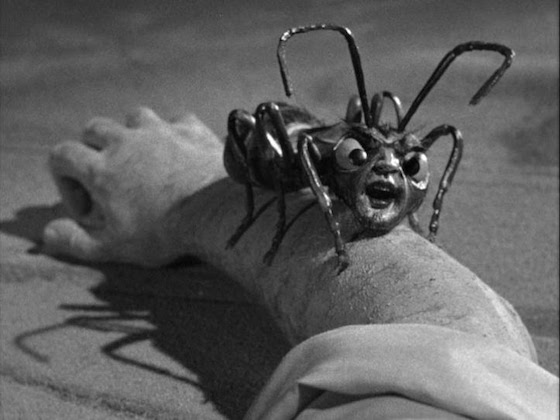
This iconic TV series is celebrated for its innovative blending of stand-alone episodic storytelling with overarching thematic consistency. Its pioneering use of visual effects and sound design to create alien worlds and creatures features integration of these elements. Its groundbreaking visual effects in the realm of television shaped the landscape of sci-fi TV shows to come.
22 - Goosebumps (1995–1998)
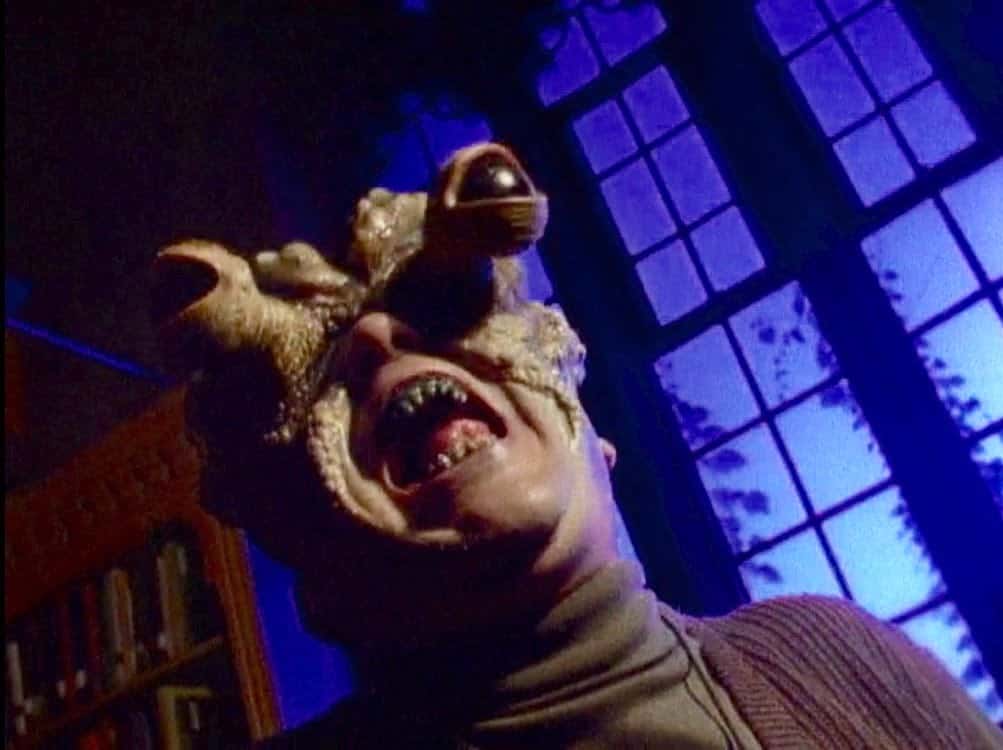
This acclaimed series thrives on its ability to seamlessly switch between light-hearted humor and spine-chilling horror. "Goosebumps" stands out for its storytelling structure, where each episode narrates a different, stand tale. The series' incorporation of special effects produces its signature eerie atmosphere.
21 - Barry (2018–2023)

This show blends comedy and dark drama, creating tension. This critically acclaimed series effectively utilizes elements of tragicomedy with frequent violent scenes and surprising humor. The series is defined by its deep character exploration, notably the titular character Barry, a hitman aspiring to be an actor. This character-driven narrative adds several layers of complexity.
20 - The West Wing (1999–2006)

A portrayal of American politics played out in the fast-paced environment of the White House. The series is highly acclaimed for its "walk and talk" technique. The show's clever use of dialogue and character exchanges remains engaging and cohesive. The series has sharp writing, complex characters, and intricate plotlines layered with a realistic depiction of White House political nuances.
19 - The Bernie Mac Show (2001–2006)

A comedy series that creatively blends reality and fiction, revolving around the personal life of the comedian, Bernie Mac. The show offers an authentic portrayal of the challenges and hilarity that ensue when a successful stand-up comedian suddenly becomes a full-time parent. It's a unique 'breaking the fourth wall' style of storytelling.
18 - Mad Men (2007–2015)
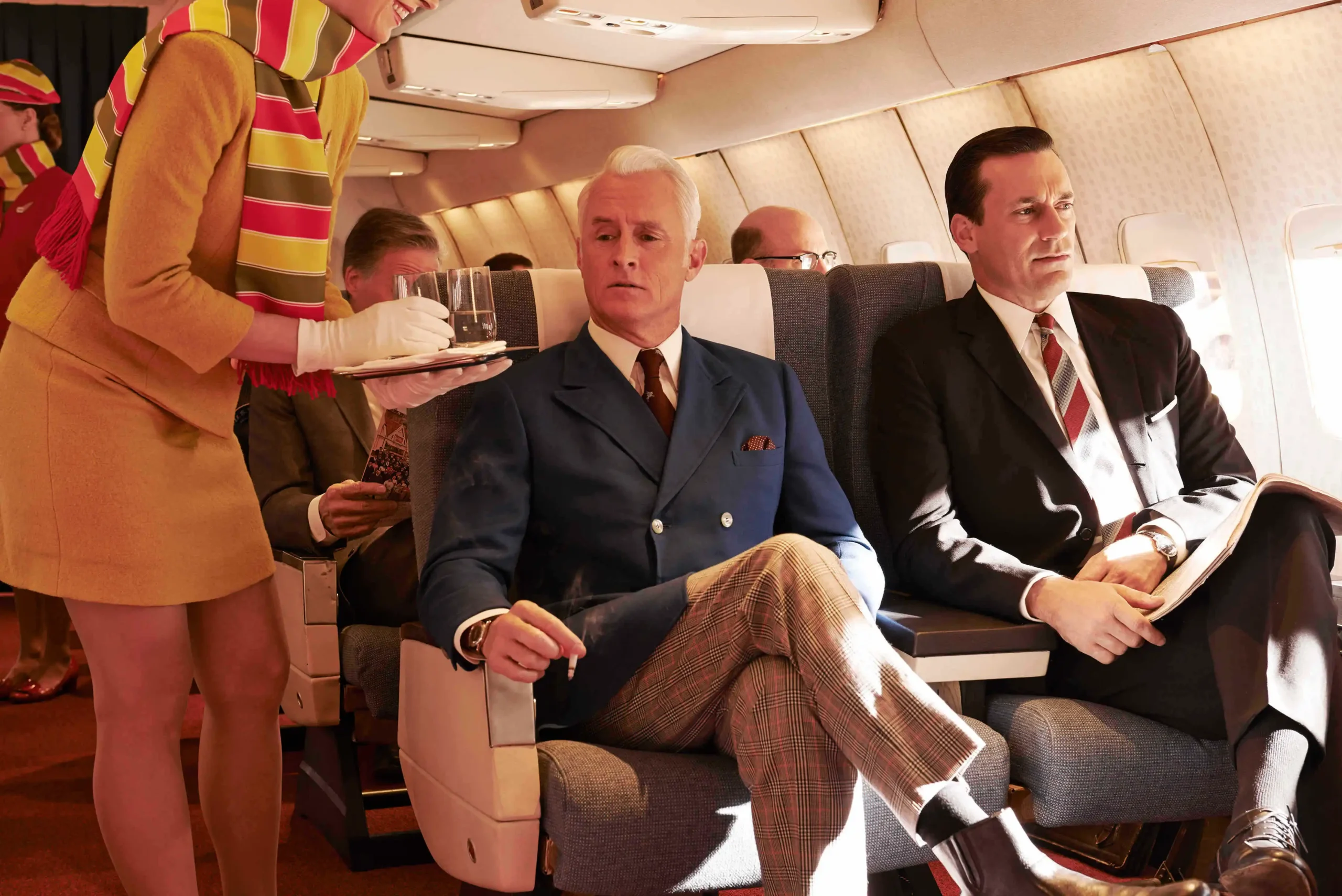
A masterful combination of aesthetics, narrative, and character development. The series is set in the 1960s, and its meticulous attention to period detail extends to every facet of production design, costuming, and cinematography. The series often involves multiple storylines unfolding simultaneously and requires deft editing to maintain coherence and pacing.
17 - Sex and the City (1998–2004)
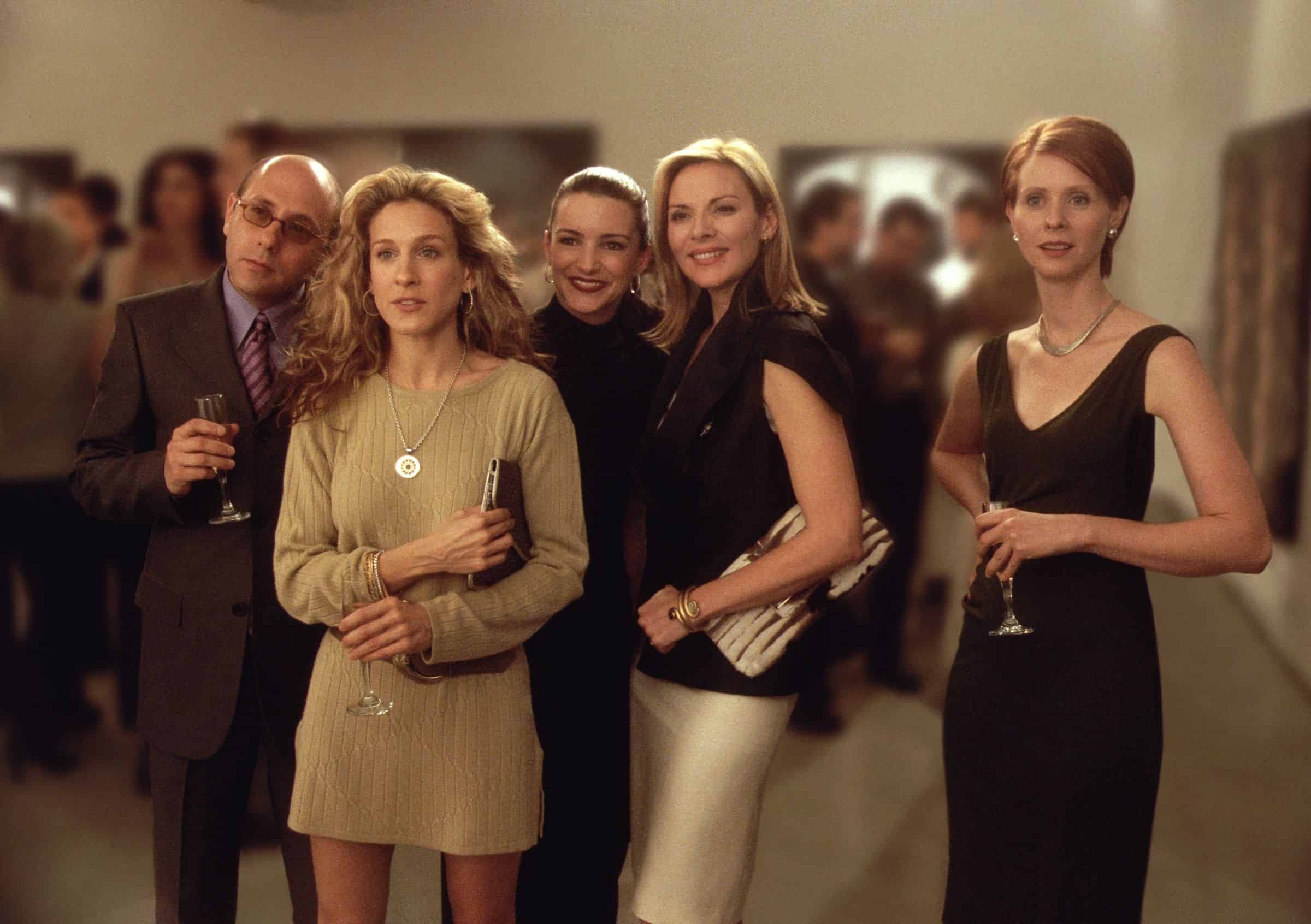
Set in New York City, the series breaks the mold with its innovative narrative style, intertwining the lives of four women while effectively maintaining each character's storyline. "Sex and the City" employs a perfect blend of dialogue, humor, and fashion. The series is fabulous, from its pilot episode to its final season.
16 - Better Call Saul (2015–2022)
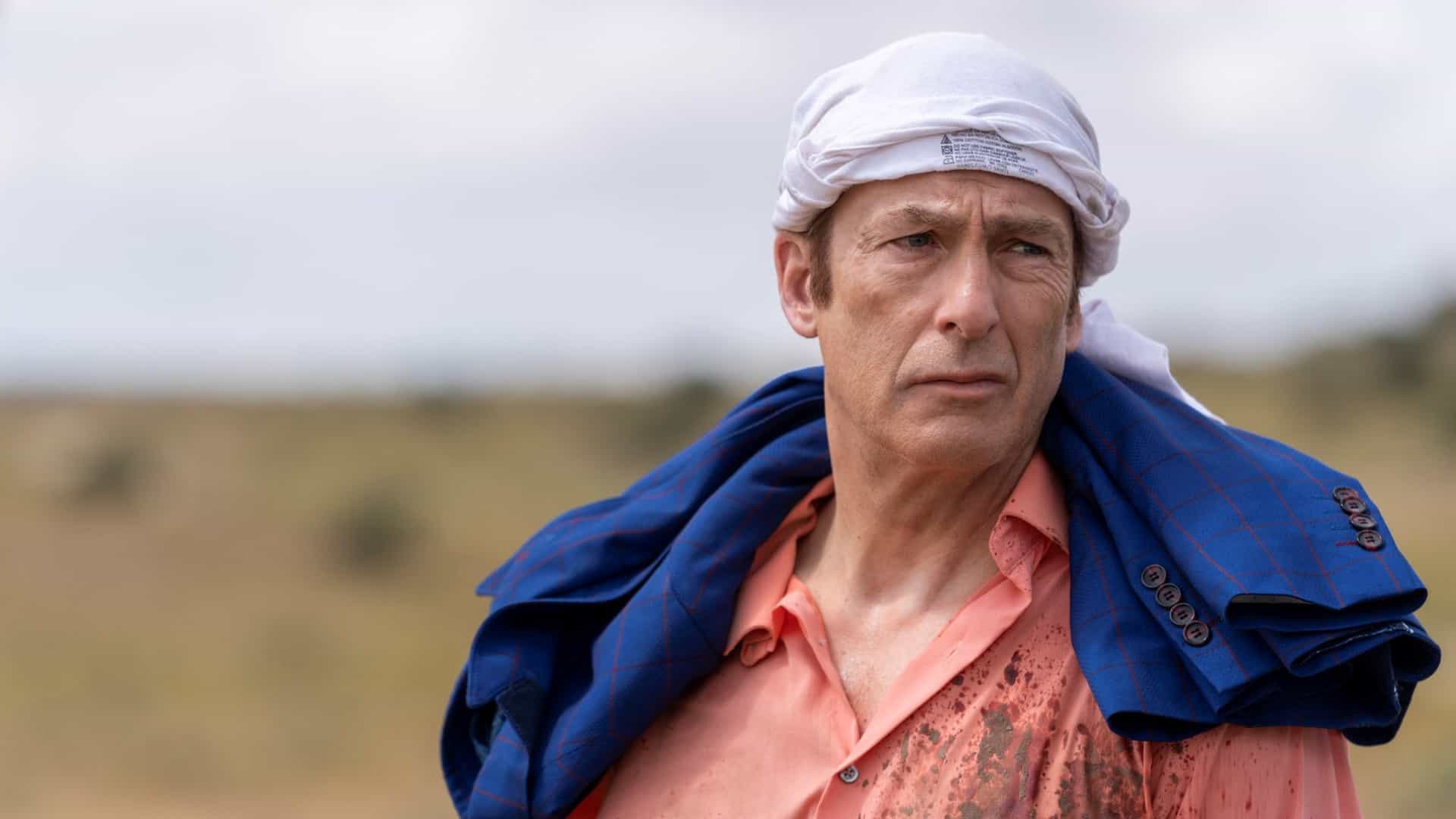
The prequel to "Breaking Bad," this series stands out in its use of visual storytelling, featuring the complexity of its characters and plot. The non-linear narrative structure has strong character development and setting transitions. The series' clever use of foreshadowing and flashbacks, accomplished through skillful editing, deepens the narrative and builds anticipation.
15 - The Wire (2002–2008)
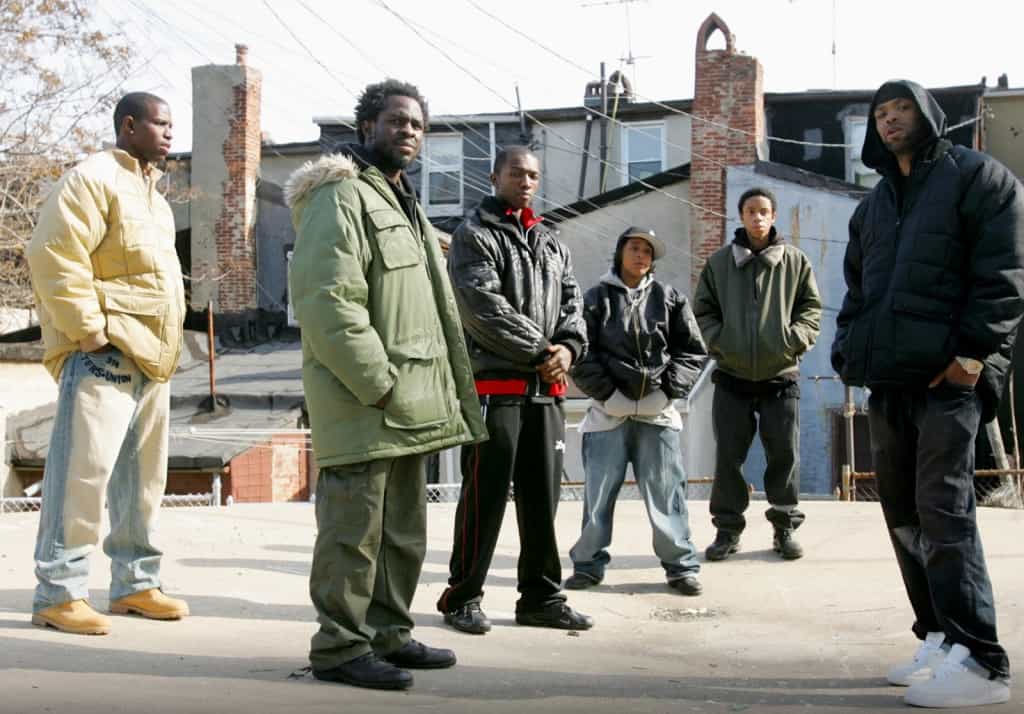
The series is renowned for its sparse use of music, relying instead on natural and ambient sounds to create a semblance of reality and authenticity. The series employs a good rhythm that reflects the slow unraveling of character arcs and plot lines. "The Wire's" intricate yet coherent multi-plot narrative showcases the power of weaving together several storylines.
14 - Silicon Valley (2014–2019)
Its unique melding of the tech world's stark visuals with comedy's swift tempo creates a rapid-fire comedic pace. This perfect blend is achieved through the skillful juxtaposition of dialogue and reaction shots, enhancing the humor and timing. The series employs innovative graphic overlays and animations to explain complex technical scenarios.
13 - Chernobyl (2019)
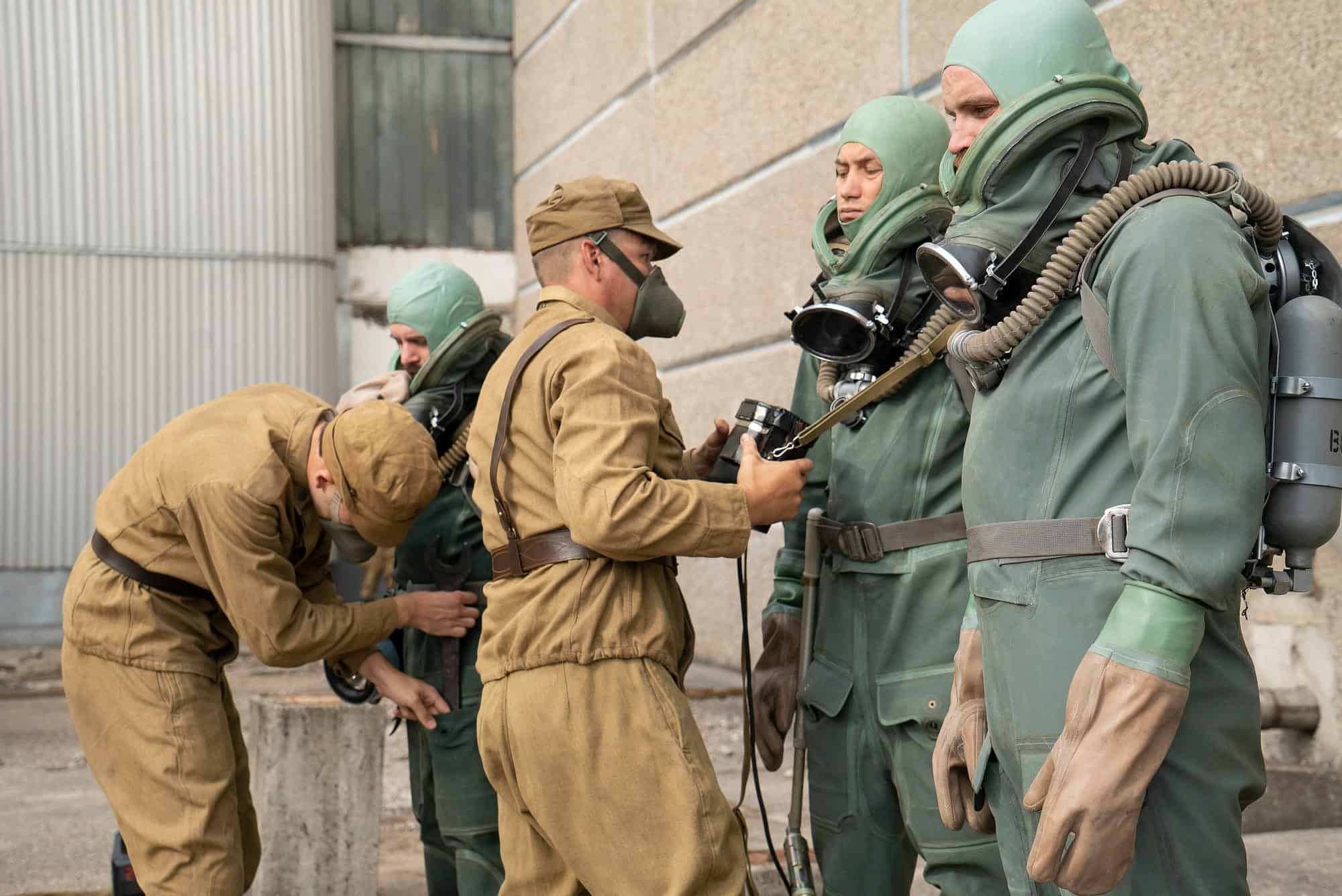
A gripping mini-series that dramatizes the 1986 nuclear disaster at the Chernobyl Nuclear Power Plant in the Soviet Union and the catastrophic aftermath. The series masterfully combines political intrigue, human drama, and technical explanations, providing a stark examination of a man-made disaster and its long-lasting effects.
12 - The Sopranos (1999–2007)
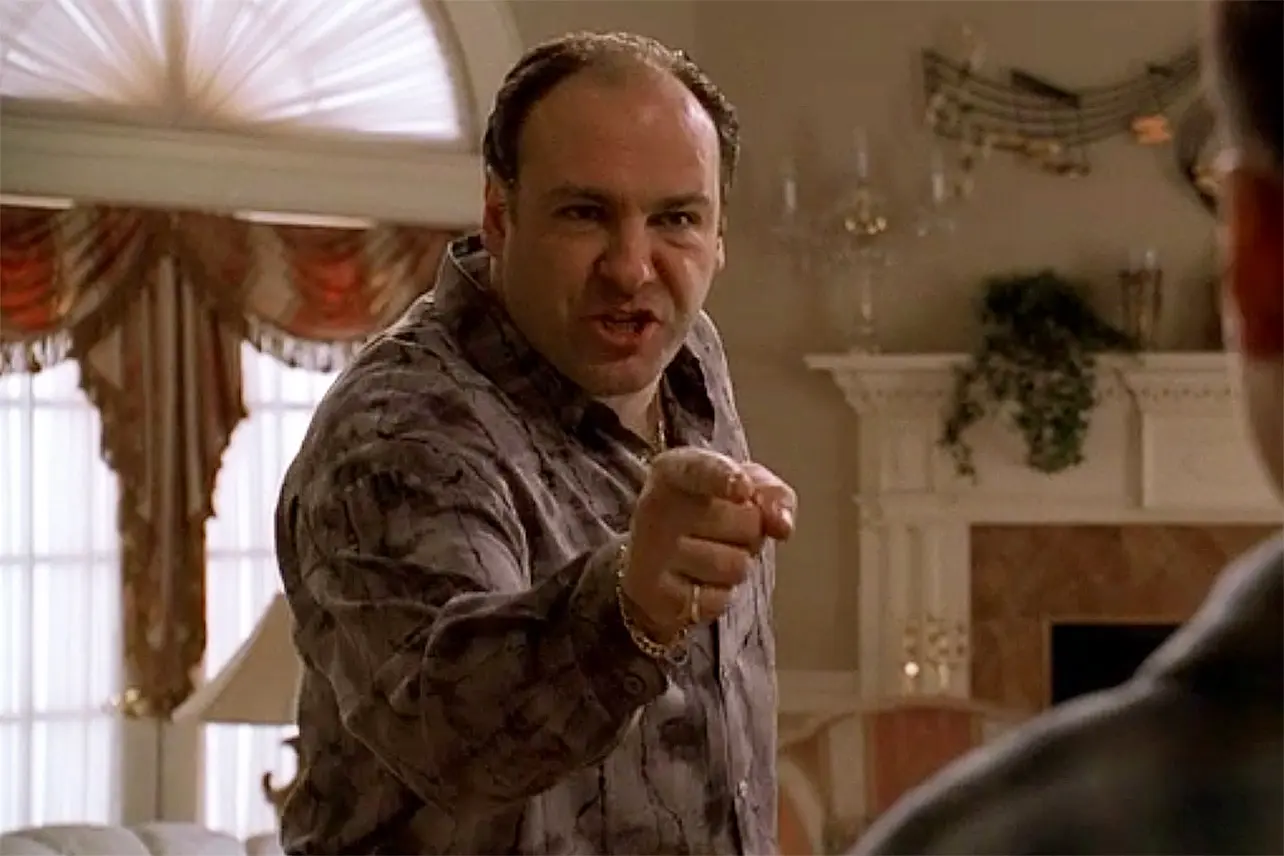
A landmark in television history, providing rich material and dramatic storytelling. The series is celebrated for its sophisticated plotlines, flashback sequences, and deft handling of character arcs. The show can maintain suspense and tension with its psychological depth and the nuanced portrayal of its characters.
11 - Alfred Hitchcock Presents (1955–1962)
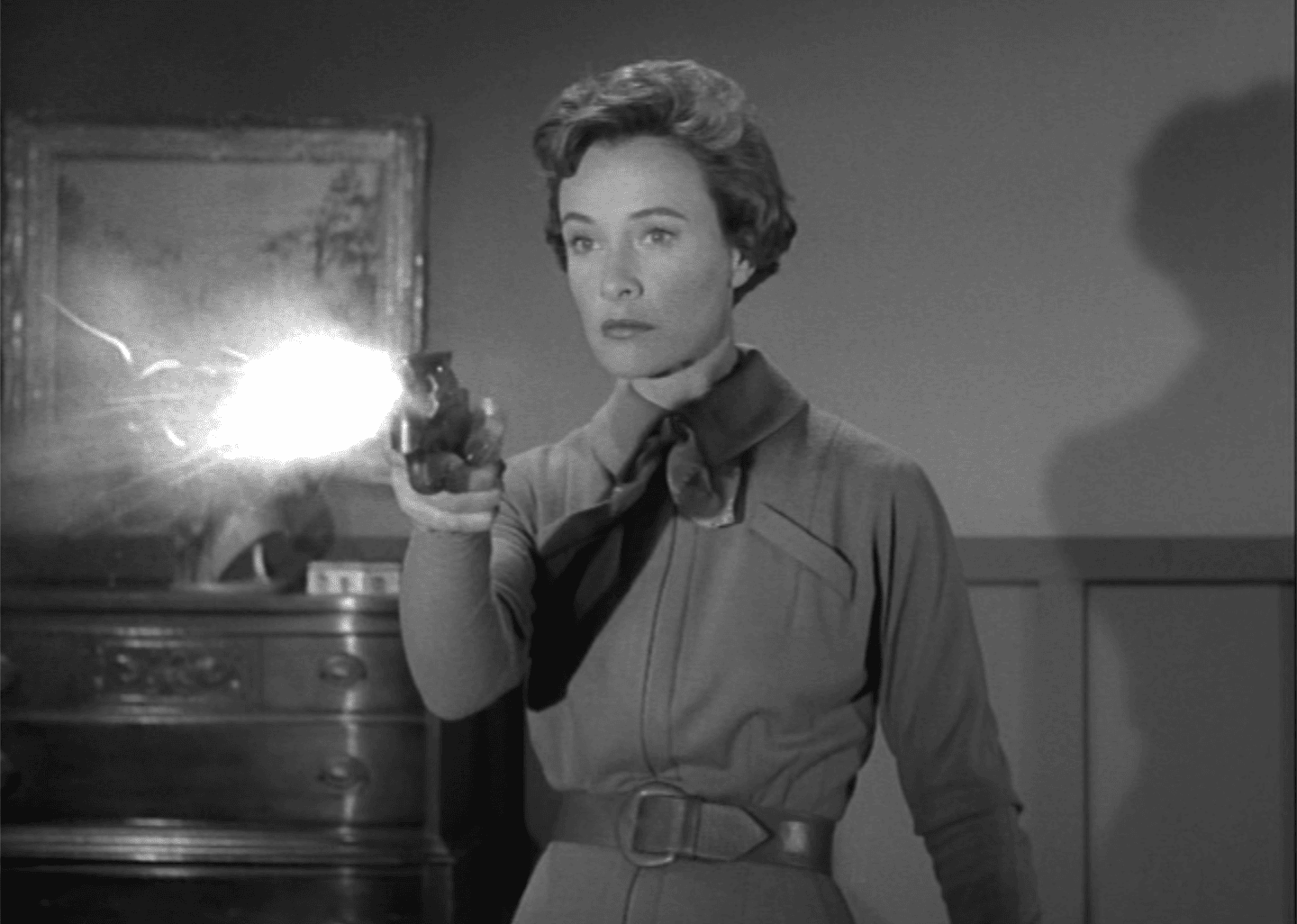
Known for its masterful suspense buildup and storytelling, the show offers invaluable insights into the use of pacing and rhythm to create tension. Each episode is a lesson in suspense. This show's use of clever transitions, dramatic cuts, and the play of light and shadow. "Alfred Hitchcock Presents" amplifies the element of fear, making every scene a gripping watch.
10 - Murder, She Wrote (1984–1996)
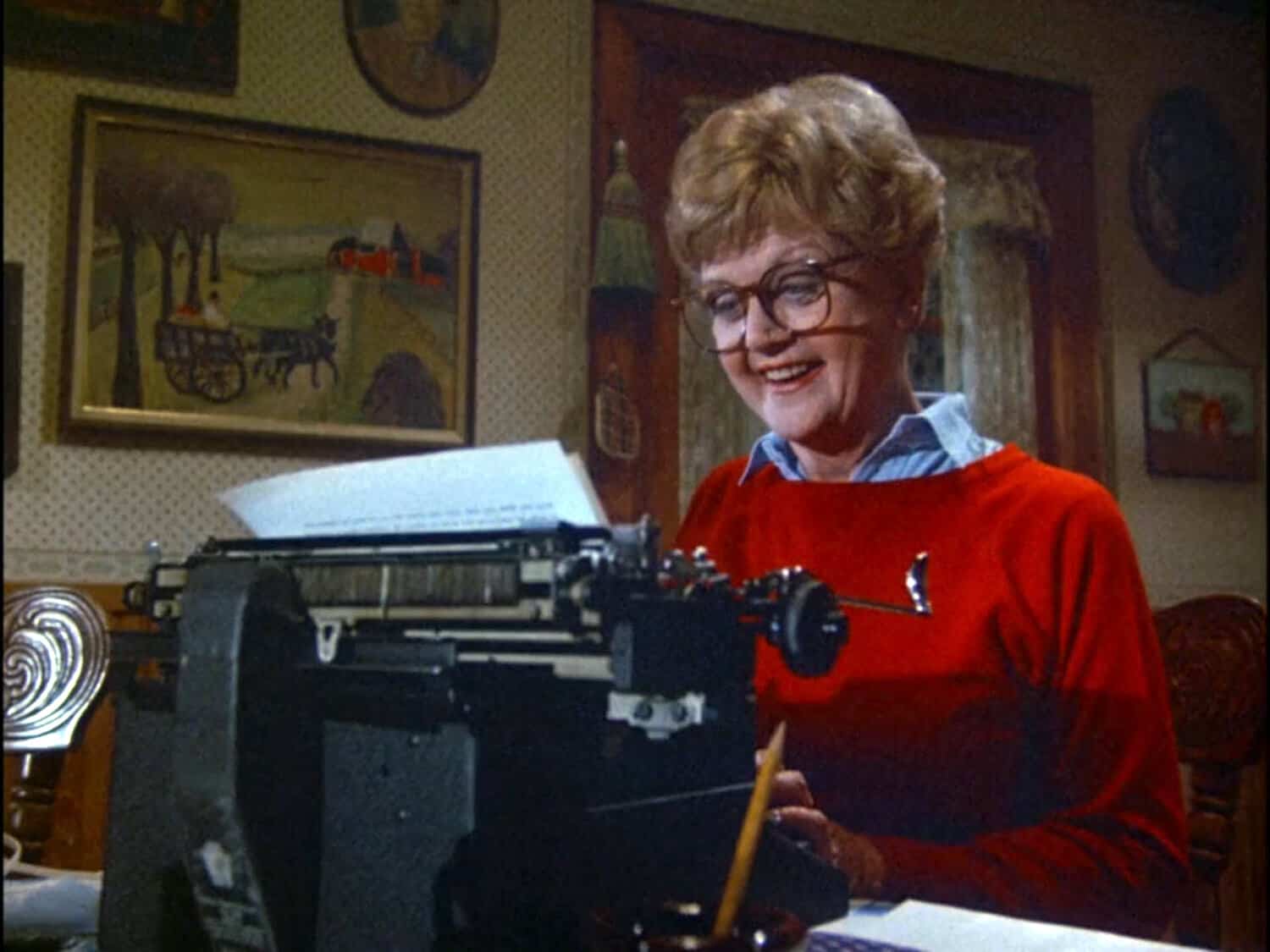
As a mystery series, it masterfully utilizes visual clues, pacing, and dramatic tension to keep viewers engaged and guessing. The use of shot reverse shot editing and cross-cutting techniques is particularly noteworthy, crafting conversations and suspense sequences that heighten viewer anticipation.
9 - Star Trek (1966-1969)
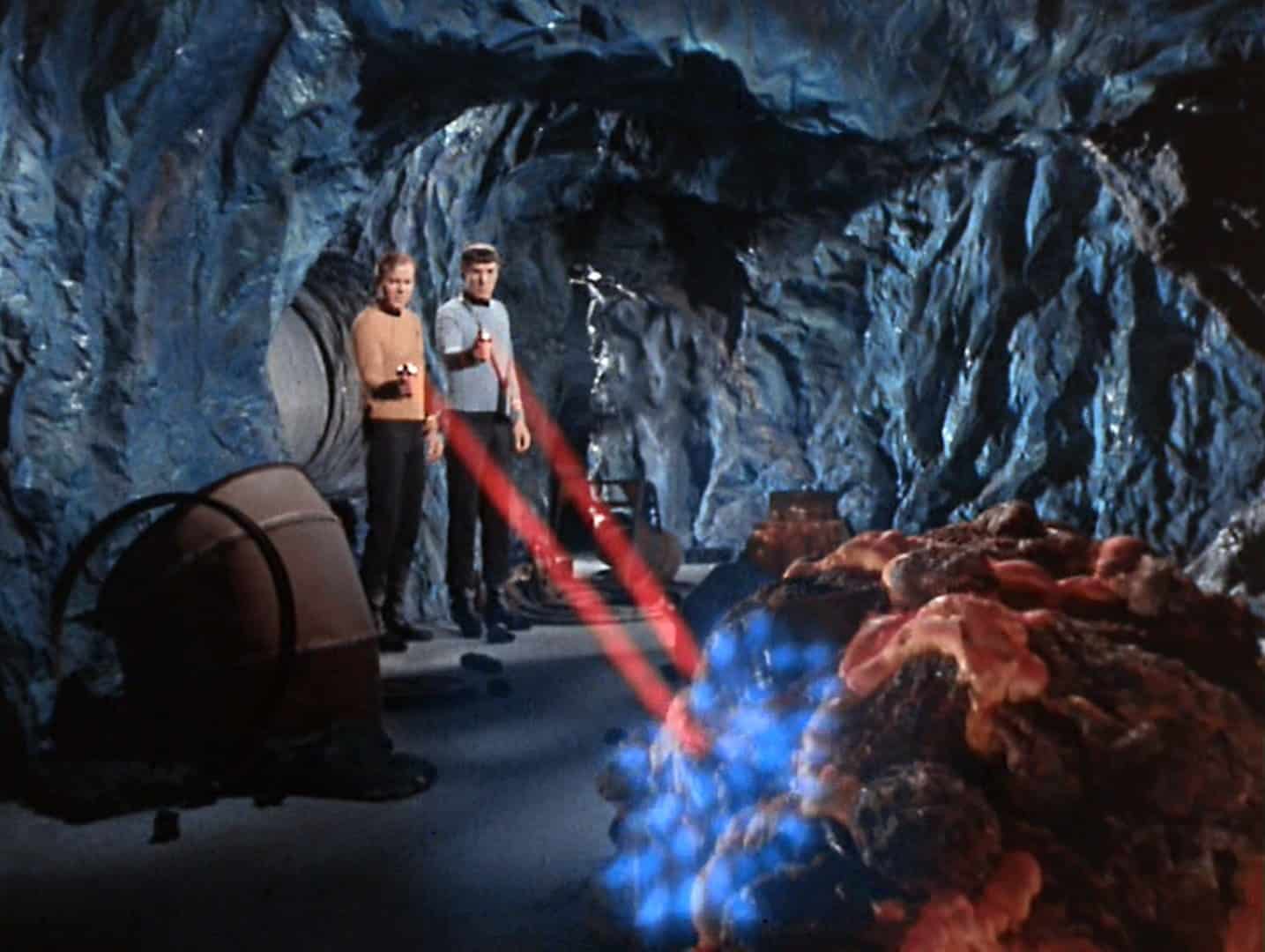
Standing out for its groundbreaking use of special effects in the realm of science fiction, this series was one of the first to bring imaginative, extraterrestrial worlds to the small screen. Star Trek pushed the boundaries of what was achievable with 1960s technology, creating iconic scenes such as teleportation. This blend of special effects wizardry and narrative complexity makes Star Trek an essential study.
8 - Batman (1966-1968)
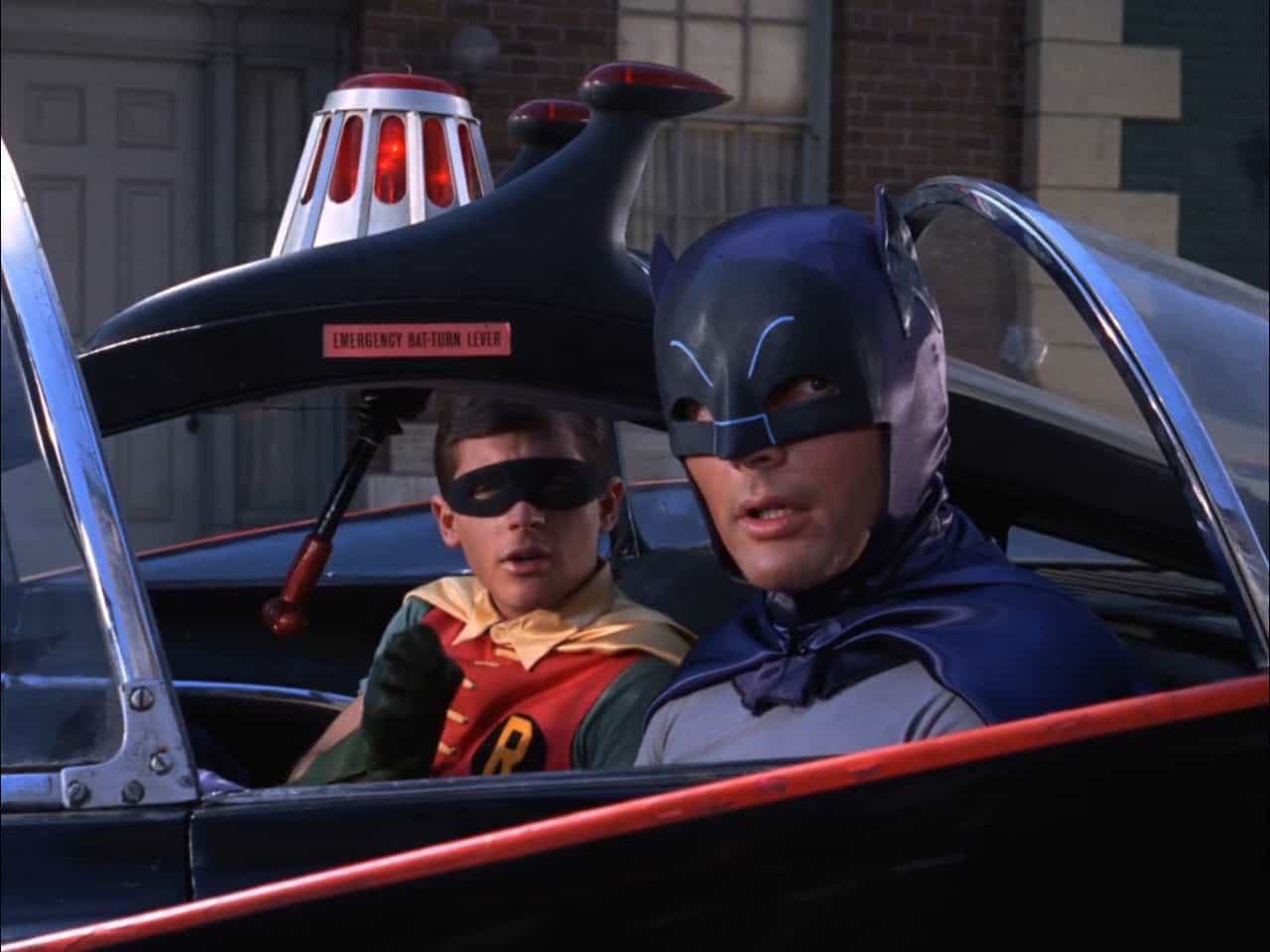
The iconic series "Batman" is a masterclass in the use of color, composition, and creative transitions. This series is well-known for its audacious use of vibrant color palettes. It brings the comic book world to life. The composition in "Batman" is distinctive, employing a dynamic visual style.
7 - Twin Peaks (1990-1991, 2017)
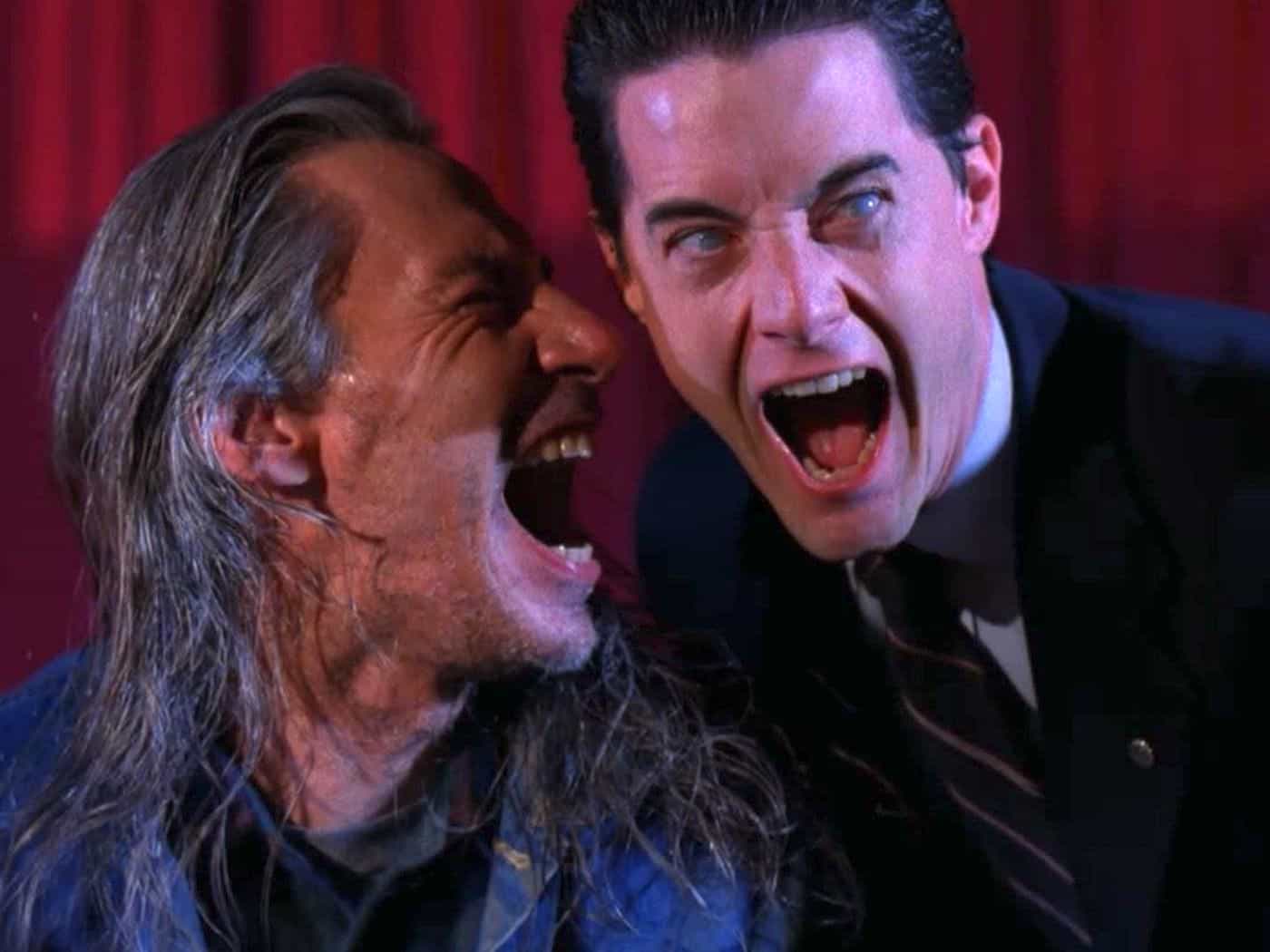
David Lynch’s groundbreaking show is a masterclass in mood and atmosphere. The editing in Twin Peaks is unique, as the show has a dreamlike quality that is accentuated by the use of slow motion, jump cuts, and unexpected musical cues. The show's combination of story and editing are so intertwined that the viewer can’t help but feel pulled into the world of Twin Peaks.
6 - The Twilight Zone (1959–1964)
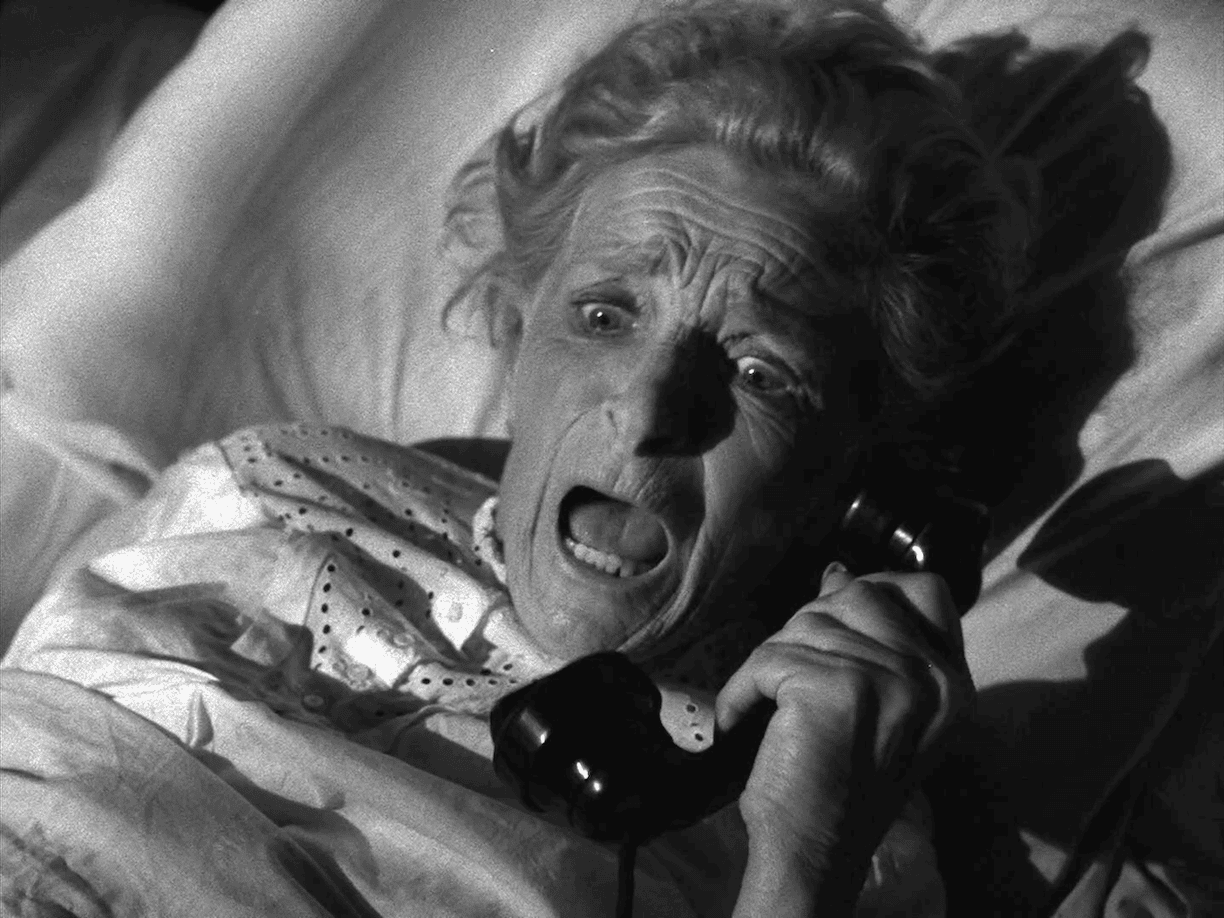
"The Twilight Zone" is a legendary series that set a precedent for the anthology format in the genre of science fiction. Each episode presented a standalone story, often with a surprising twist and moral lesson at the end. The series is renowned for its inventive storytelling, thought-provoking themes, and atmospheric cinematography. It will forever be one of the most memorable series in TV history.
5 - Curb Your Enthusiasm (2000–2011, 2017–)
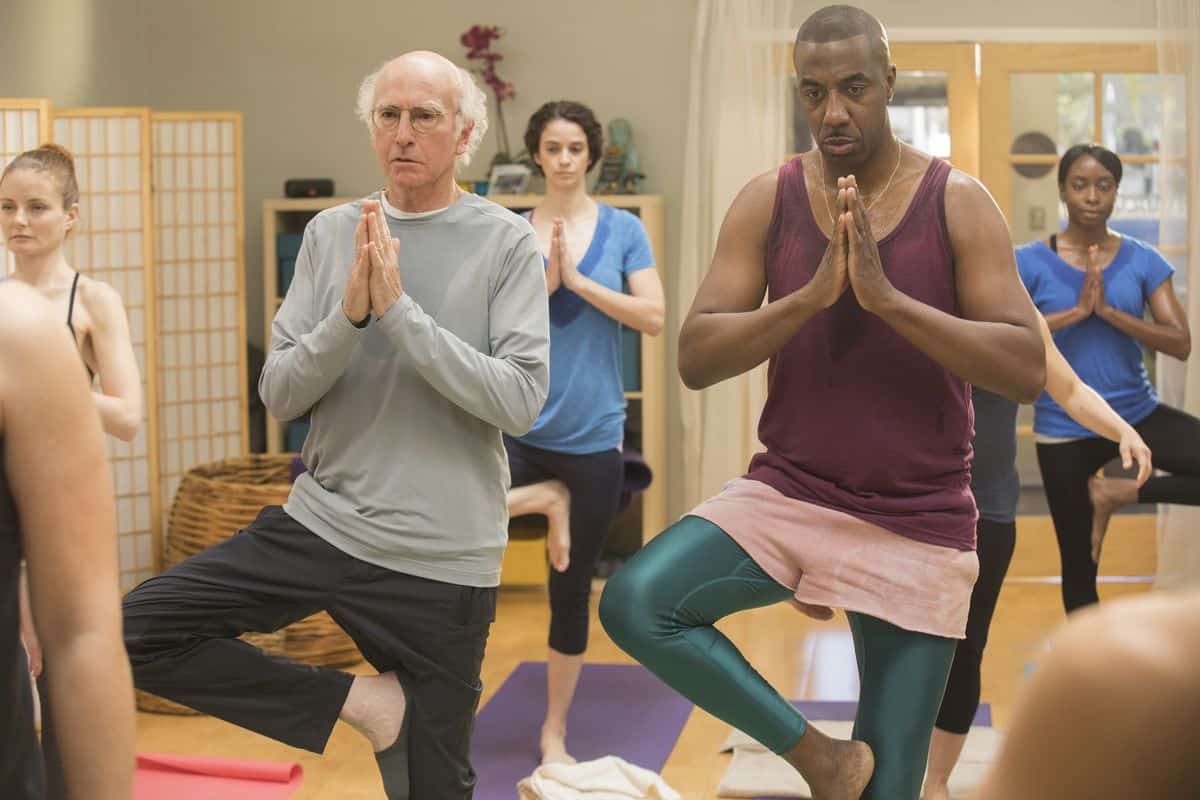
A comedy series with creator and star, Larry David, who plays a fictionalized version of himself in an improvised format. The series is renowned for its distinctive style, often focusing on the Larry David brand of neurosis and interactions with other characters. It's a unique combination of tightly structured storytelling along with improvisation.
4 - American Horror Story (2011–)
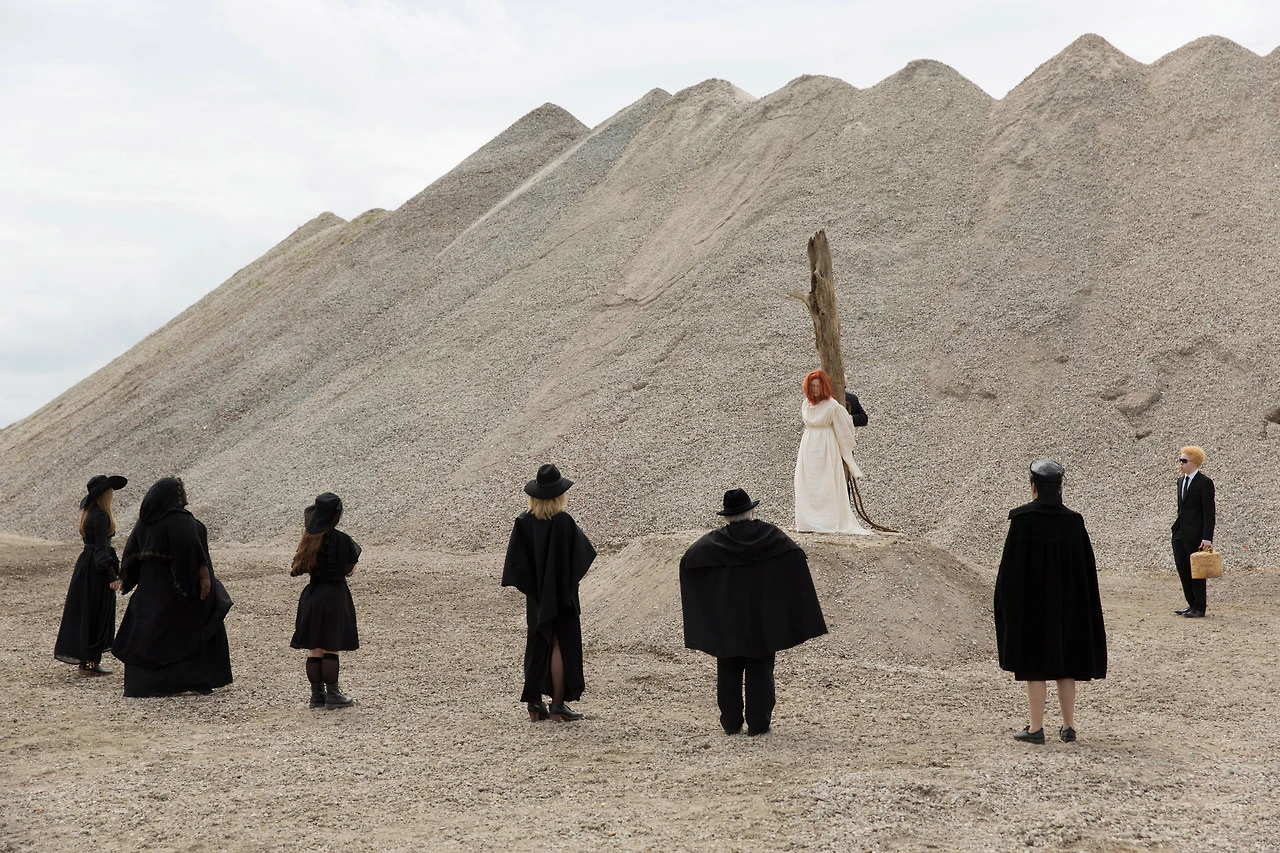
The signature of “American Horror Story” is the use of slow-motion and time-shifting techniques. This show also has a distinctive color palette that is used to create a mood and gives the series an essential feeling of unease. This series has a fantastic sense of storytelling, and the editing reinforces the show's focus on atmosphere and character development.
3 - The Office (2005–2013)
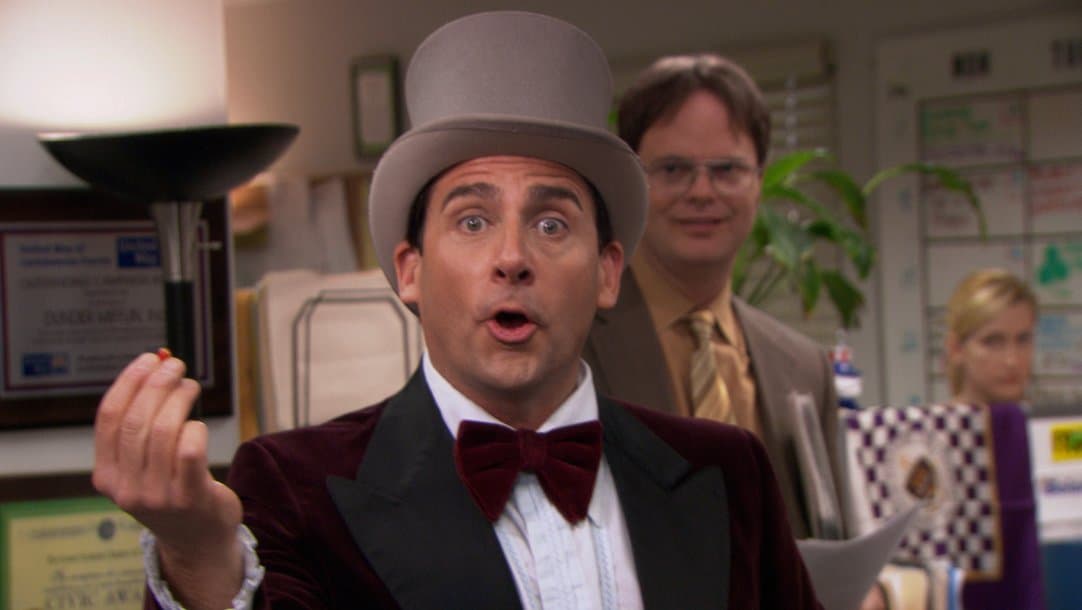
“The Office” was groundbreaking in the use of the “Mockumentary” style, essentially giving it a documentary look. The editing of the series is designed around the interplay of character reactions and conversation. The expectation of humor building with reactions by cutting back and forth from the conversation is comedy perfection.
2 - Scrubs (2001–2010)
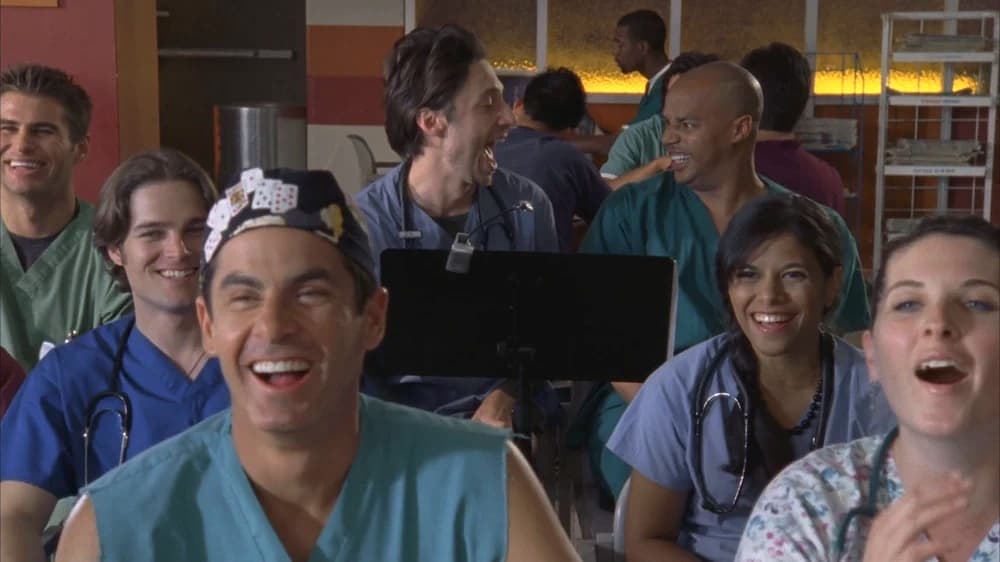
“Scrubs” features one of the most personalized editing styles on television. It has perfect rhythms that reflect the emotional narrative of the show, emphasizing the characters' emotional journey. Montages have become the hallmark of cheap movie moments, but “Scrubs” utilizes them in a more emotional fashion that can communicate profound moments or develop subplots.
1 - Breaking Bad (2008–2013)
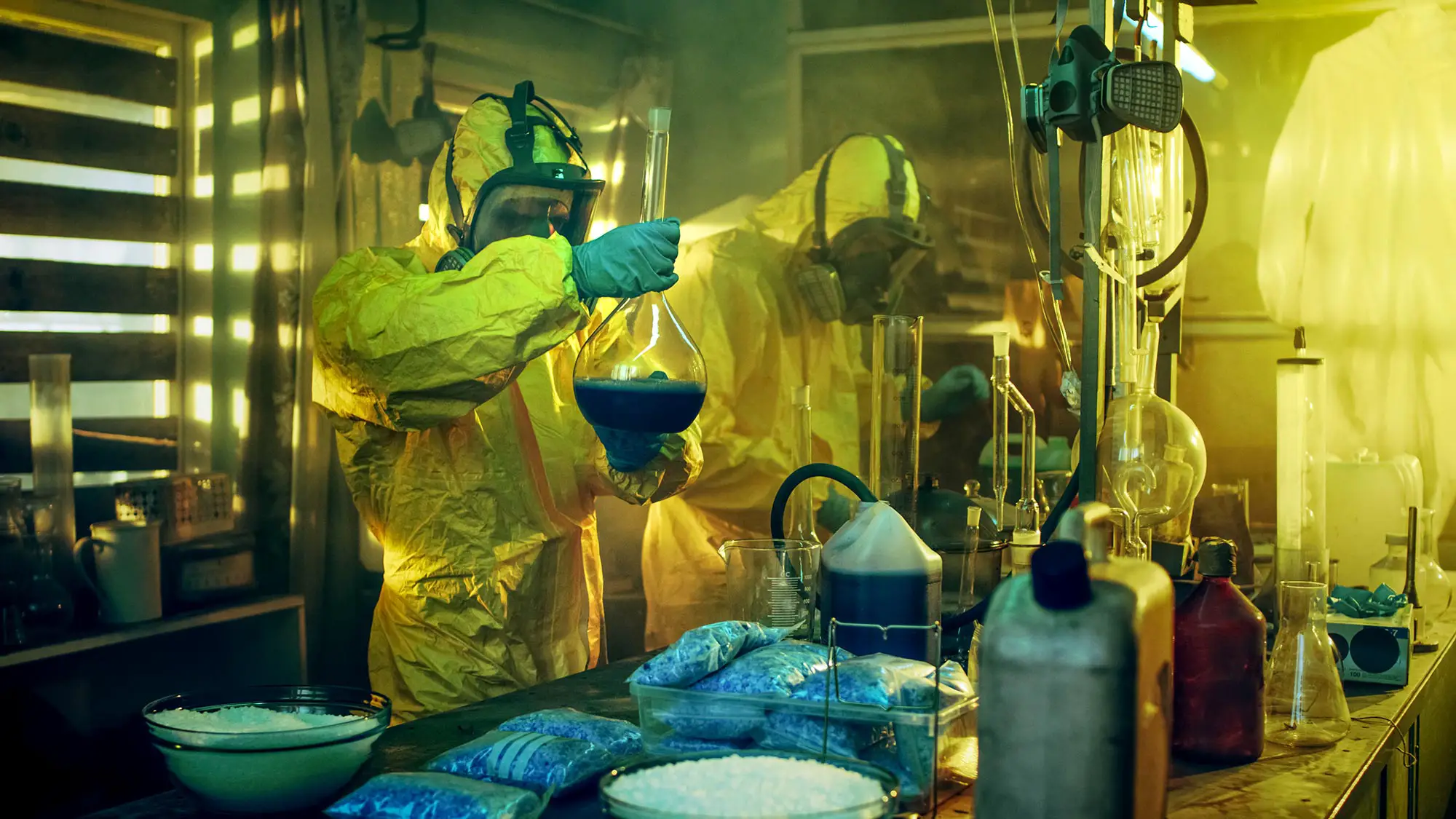
This series is an intense, character-driven narrative that revolves around Walter White, a high school chemistry teacher turned methamphetamine manufacturing drug dealer after a terminal cancer diagnosis. This gripping series explores themes of morality, crime, and consequences. This series has a particular style and technique, such as the use of time-lapse to show the passing of time.
What Are The Best Streaming Services For Watching TV Series?

Several streaming services offer a vast array of series across different genres, languages, and regions. Here are the top contenders:
- Netflix: Known for its diverse content, Netflix provides a vast library of both classic and contemporary series, including original productions like 'Stranger Things'.
- Hulu: Hulu stands out with its current series from major networks, typically available to stream the day after airing.
- Amazon Prime Video: This platform provides a wide range of series, from critically acclaimed originals like 'The Marvelous Mrs. Maisel' to popular shows like 'The Office'.
- Disney+: The home for Disney, Pixar, Marvel, Star Wars, and National Geographic content, Disney+ is the go-to streaming service for family-friendly series.
- HBO Max: HBO Max is the premium platform for high-quality dramas like 'Westworld' and 'Game of Thrones,' plus a broad selection of comedies.
- Paramount+: Known for its vast collection of films and exclusive series, Paramount+ offers content from CBS, BET, Comedy Central, Nickelodeon, MTV, and more.
- MGM+: MGM+ provides a rich variety of content, including award-winning films, timeless classics, and hard-to-find series.
Conclusion
In conclusion, video editing is a craft that benefits from watching other mediums and learning its techniques.
In the past few years, we have seen major innovation, creativity, and style in the streaming space.
Studying these shows will give you a better understanding of both the art and science behind video editing.
Take the time to study their editing styles and techniques, and you will soon be on your way to becoming one of the greats on your merit.
